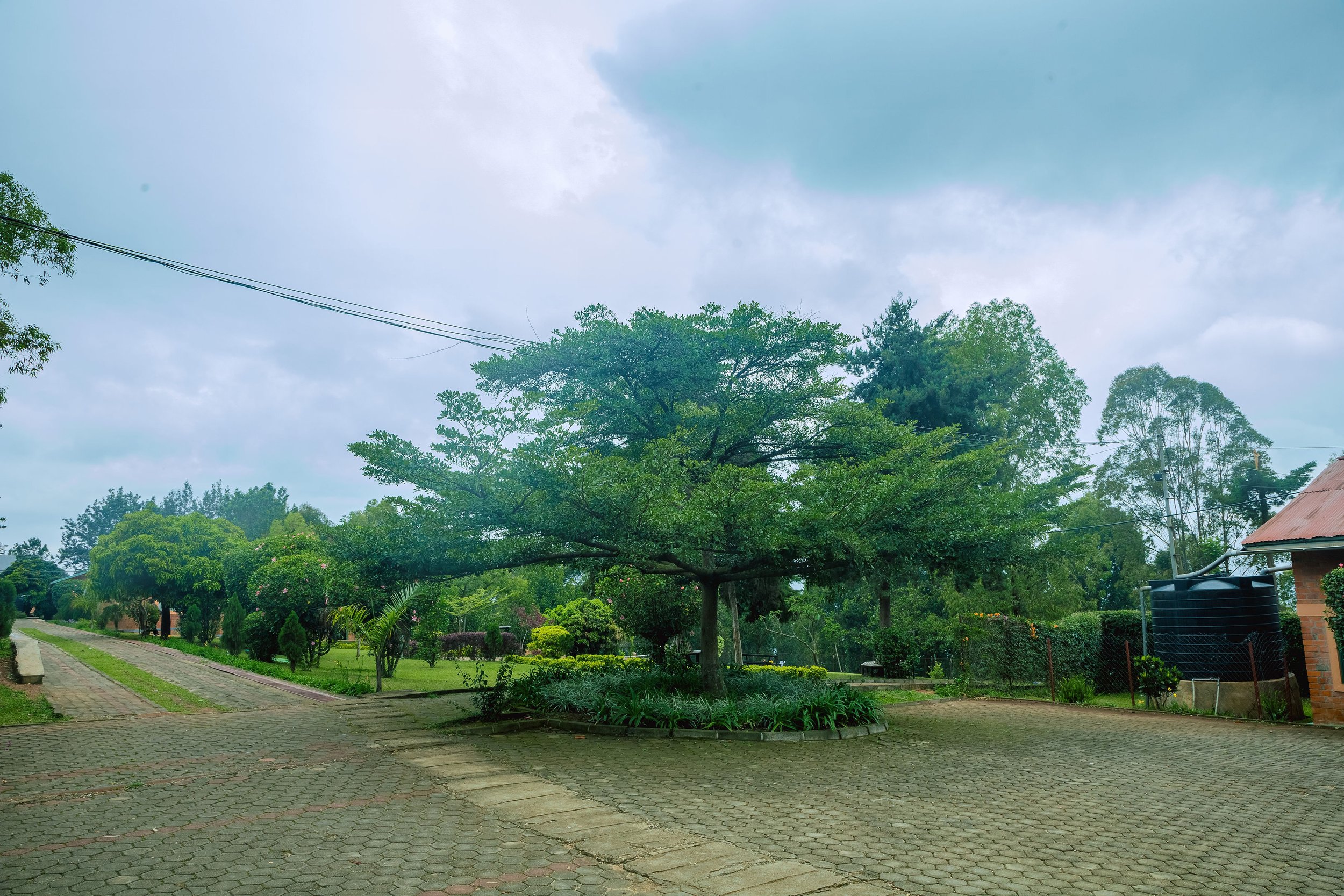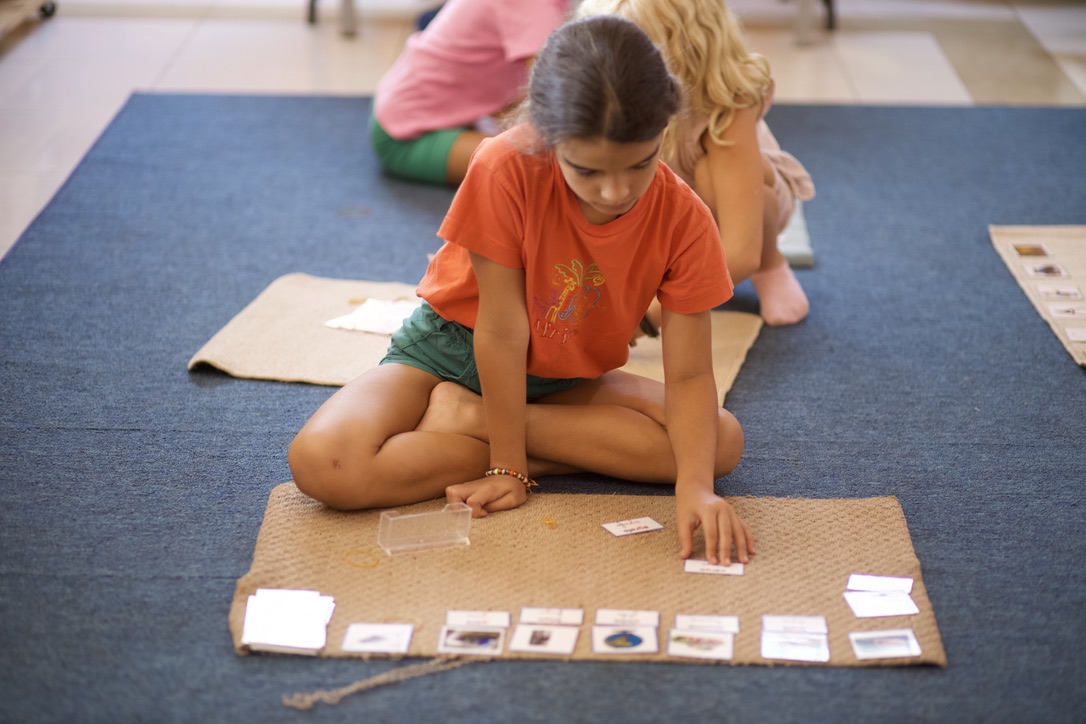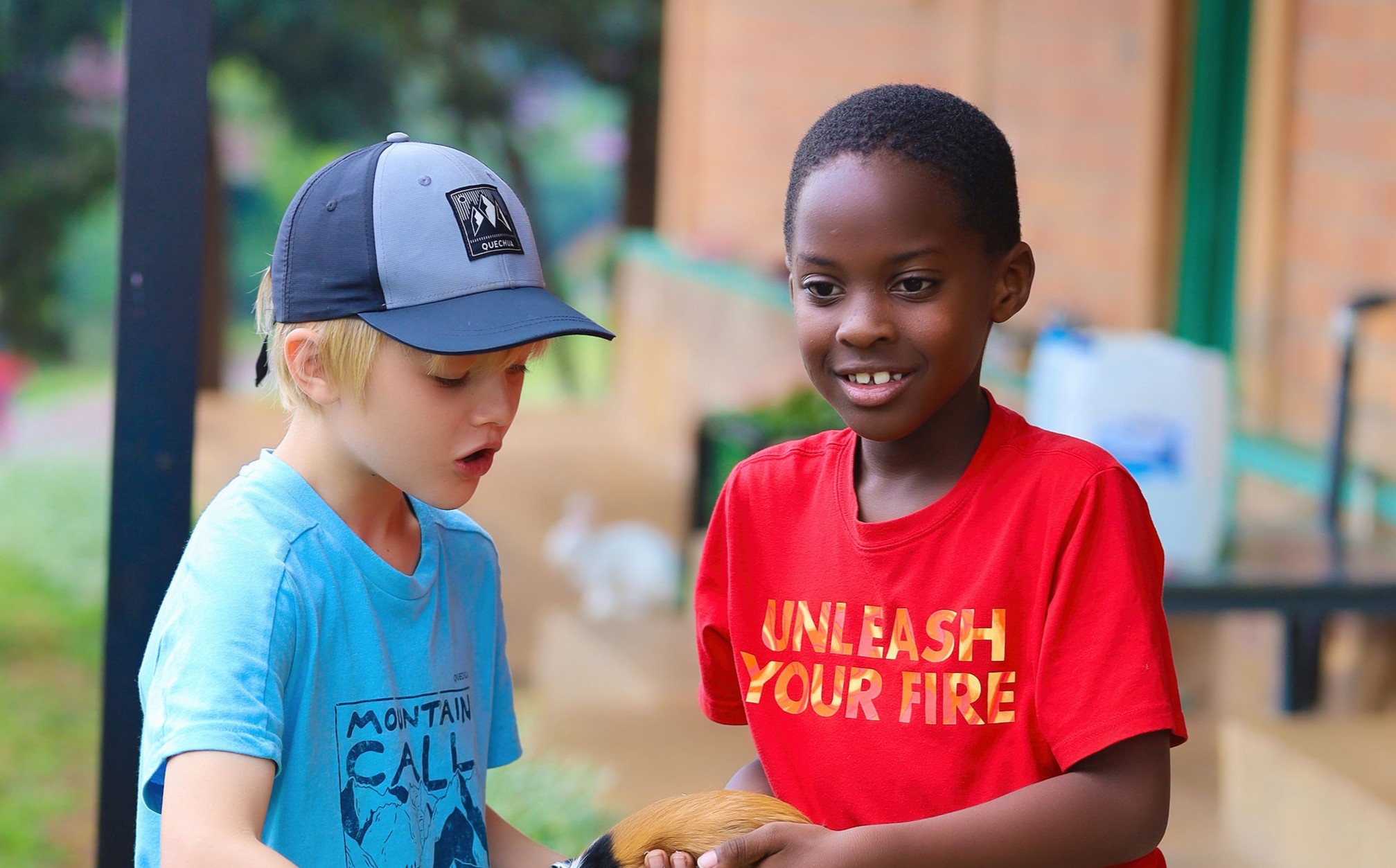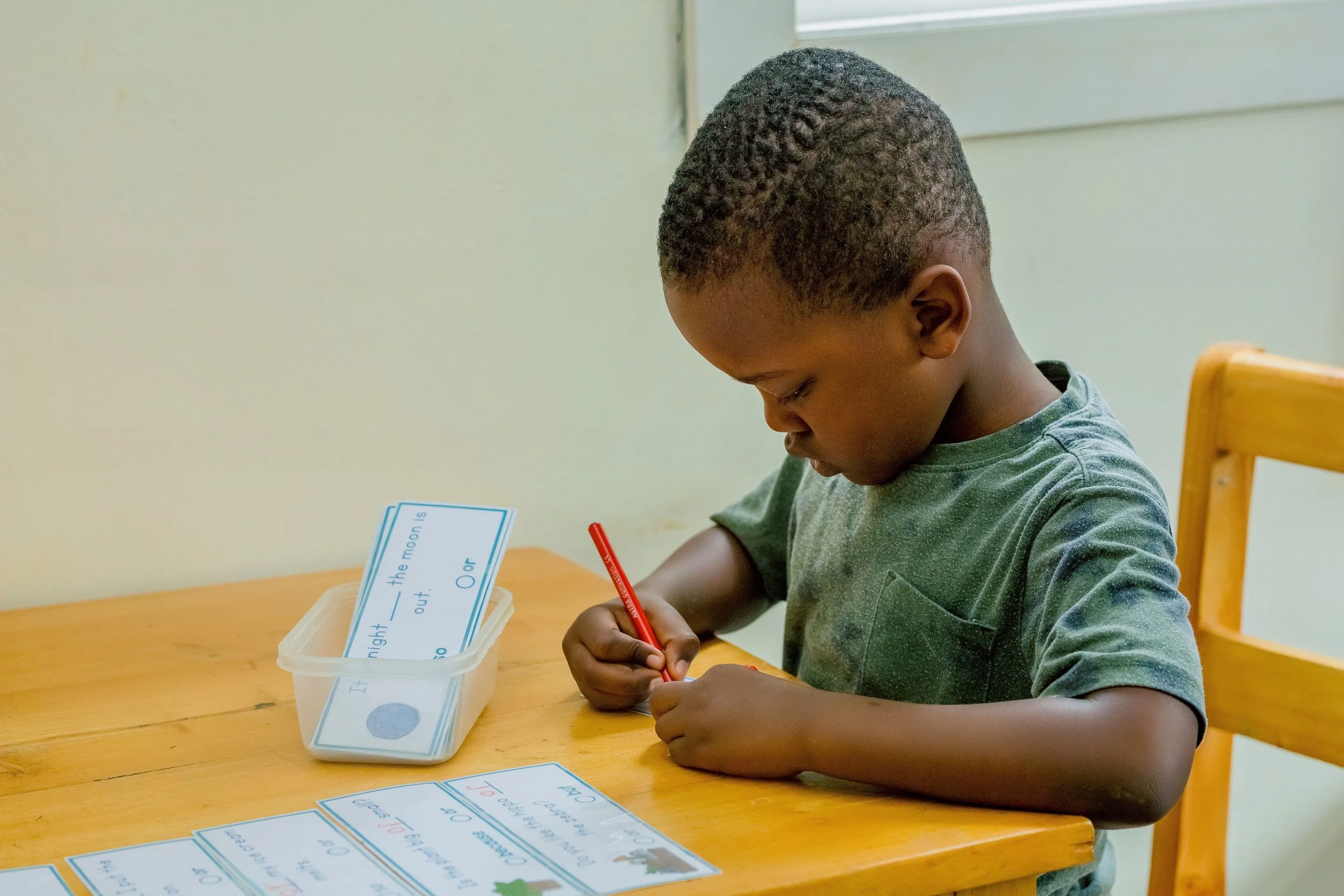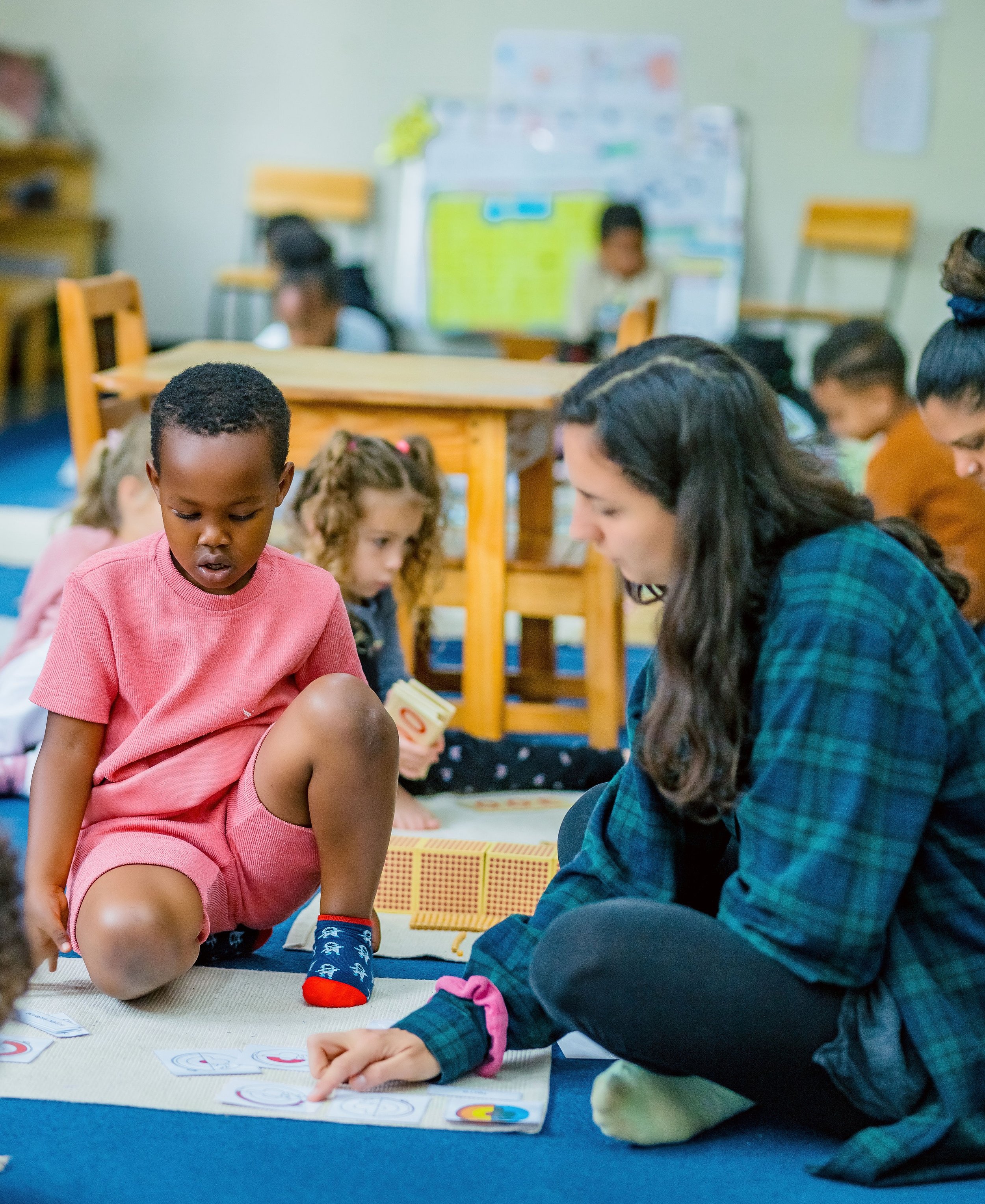
Elementary
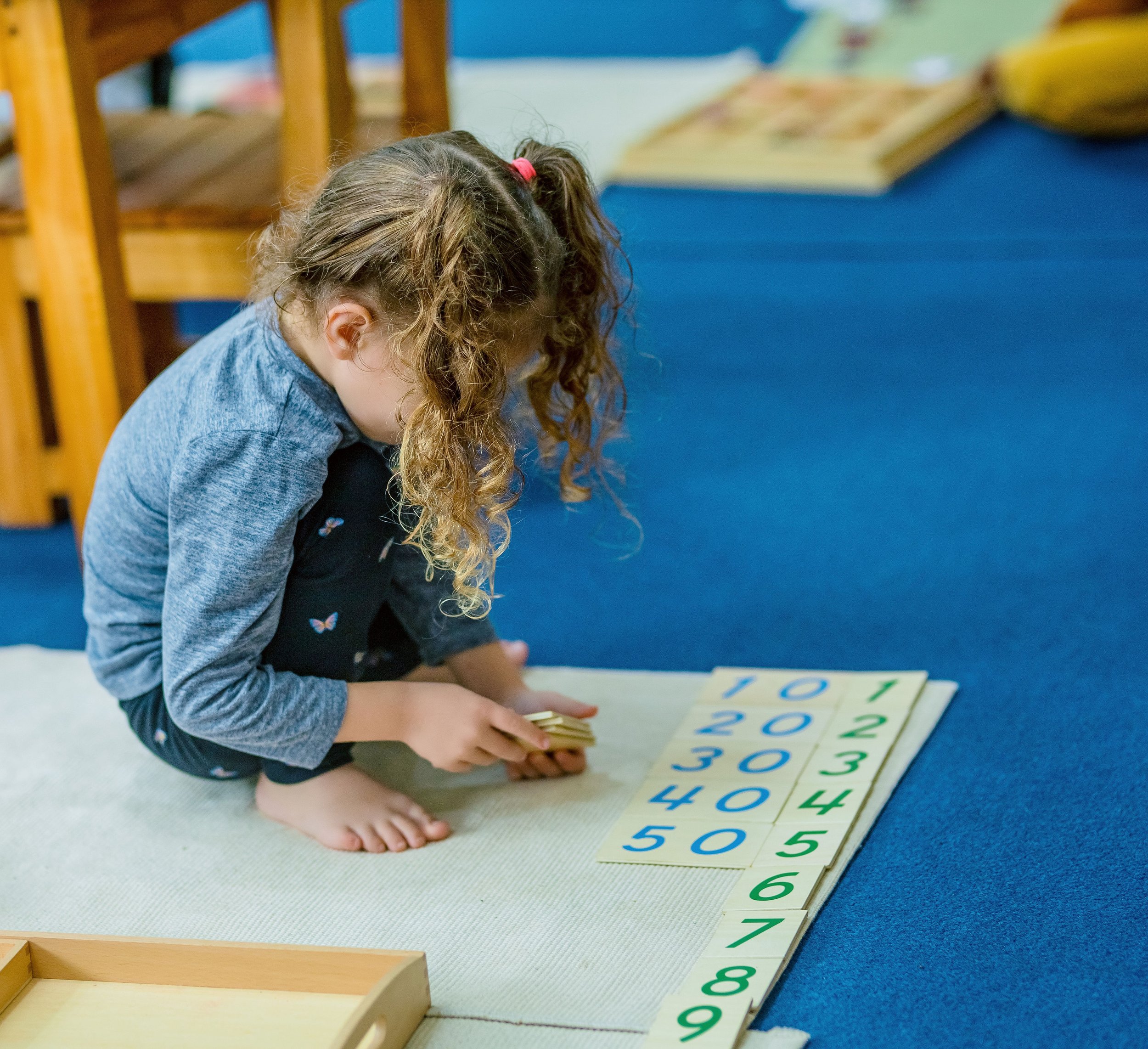
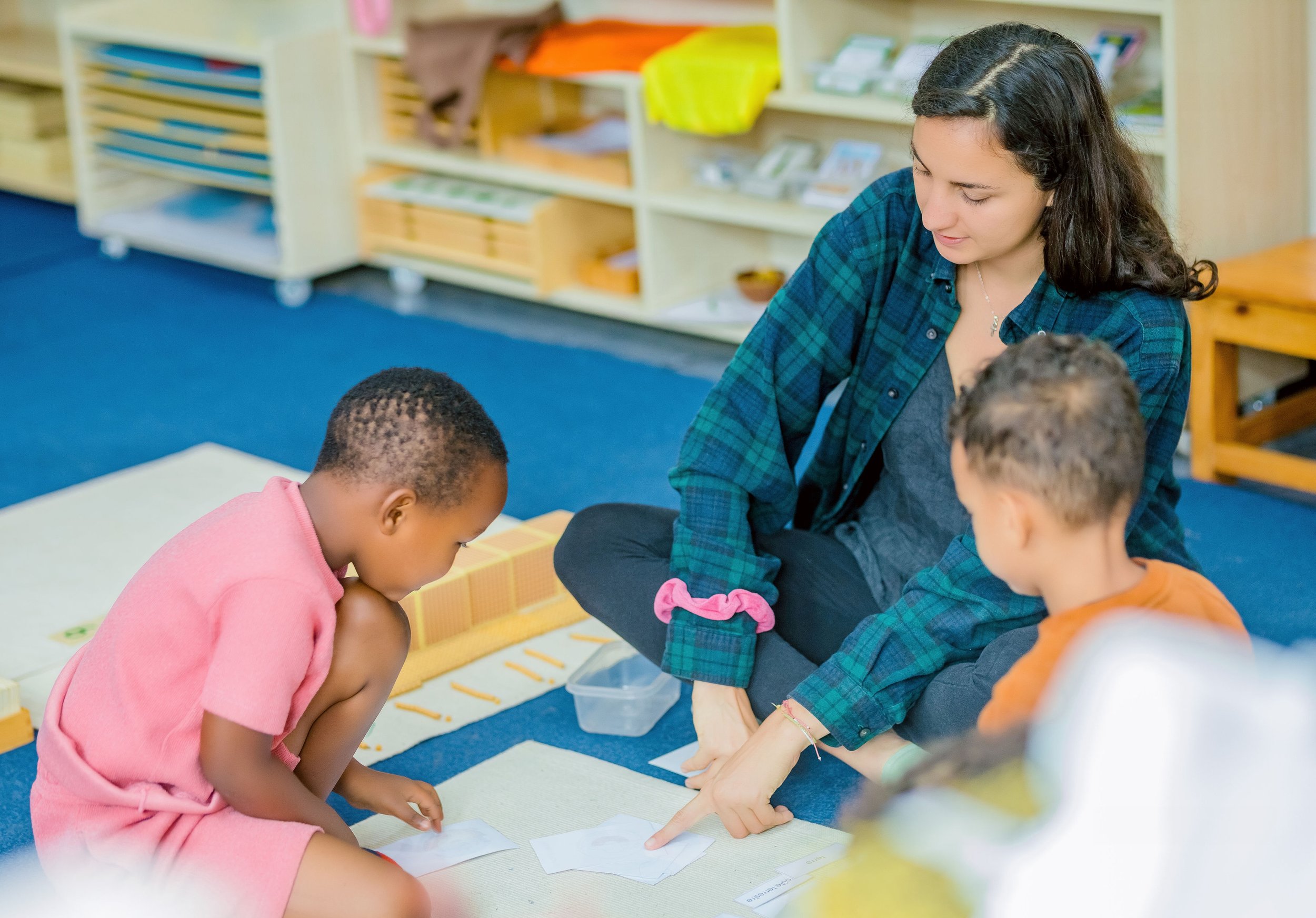
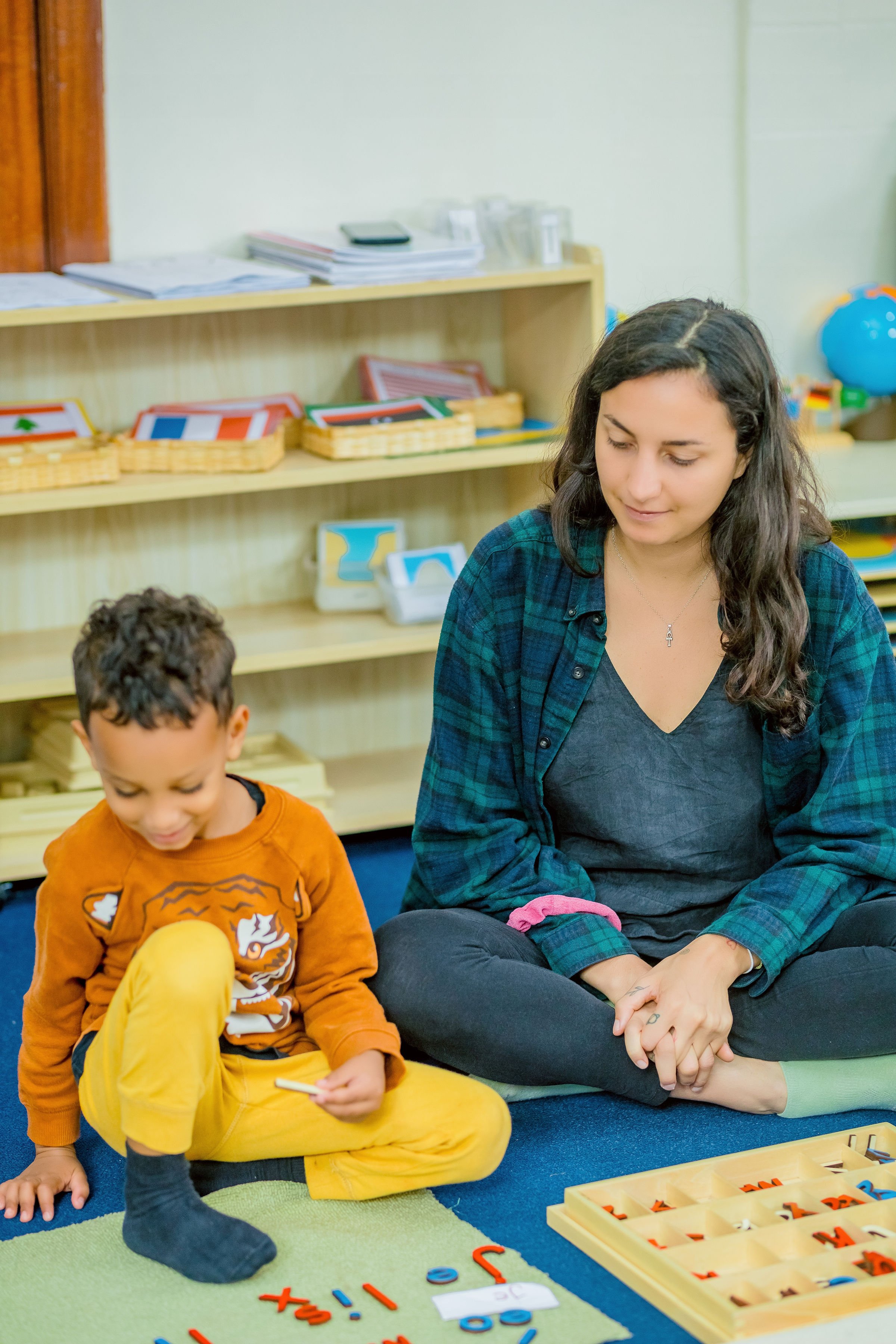
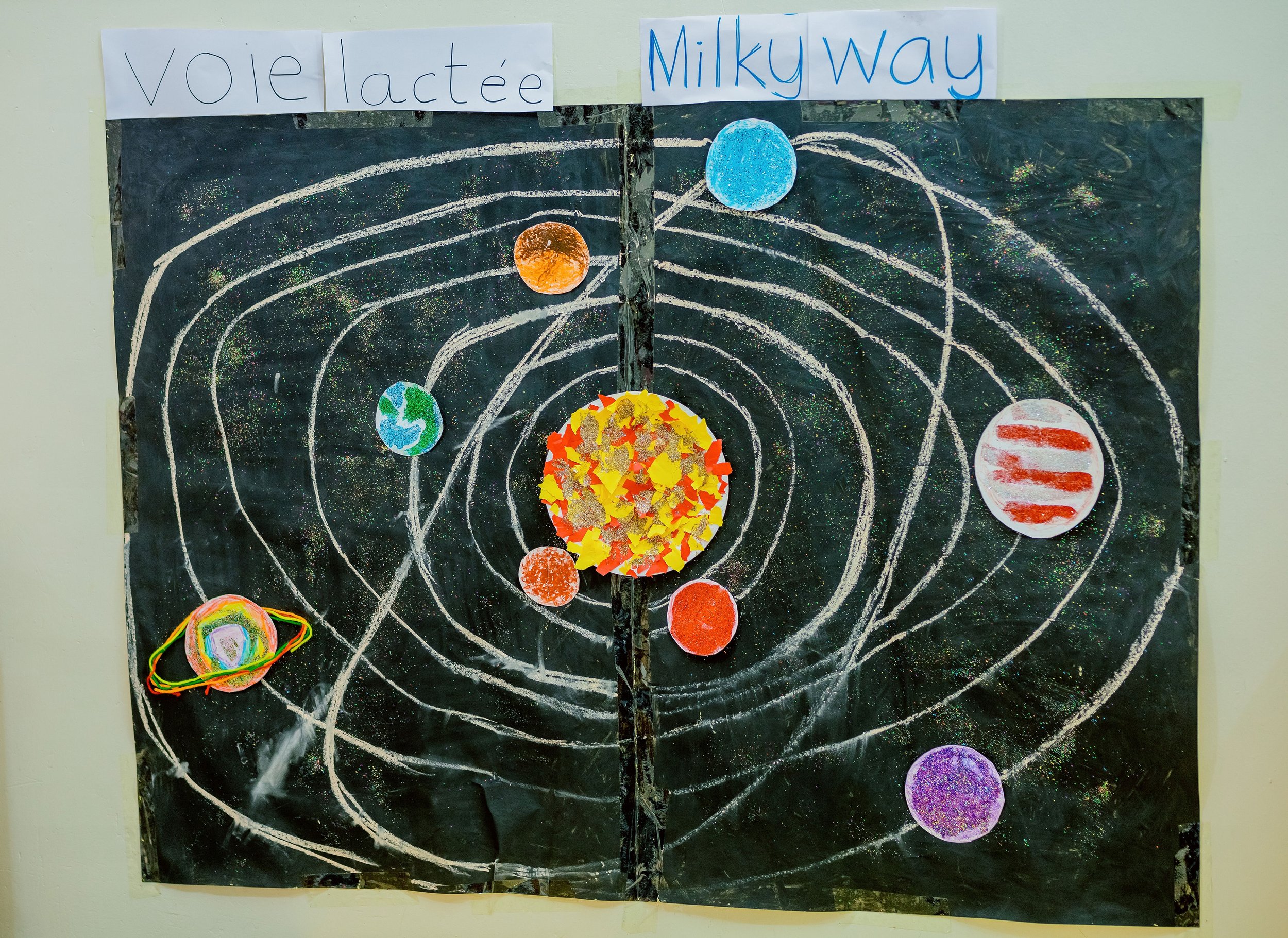
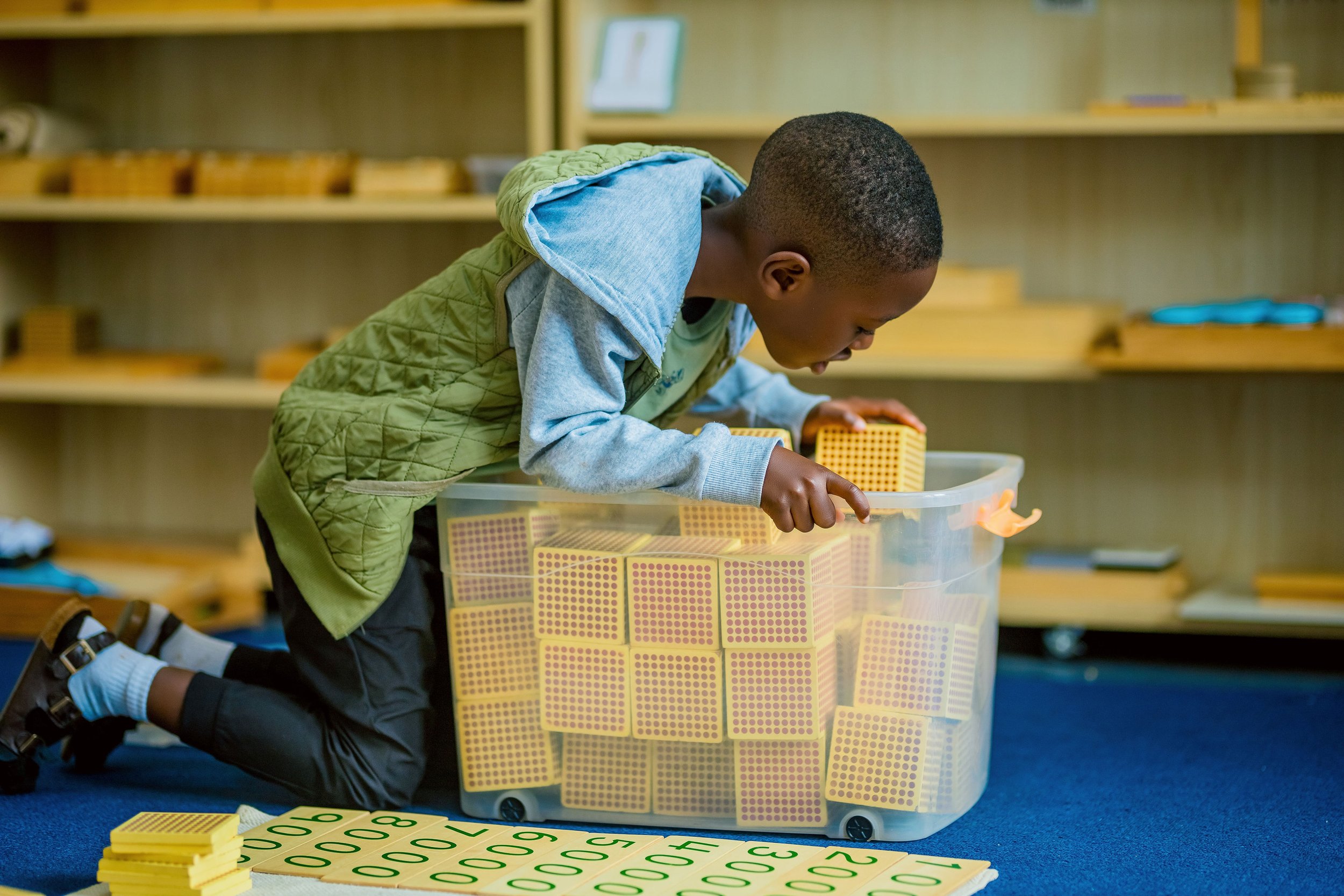
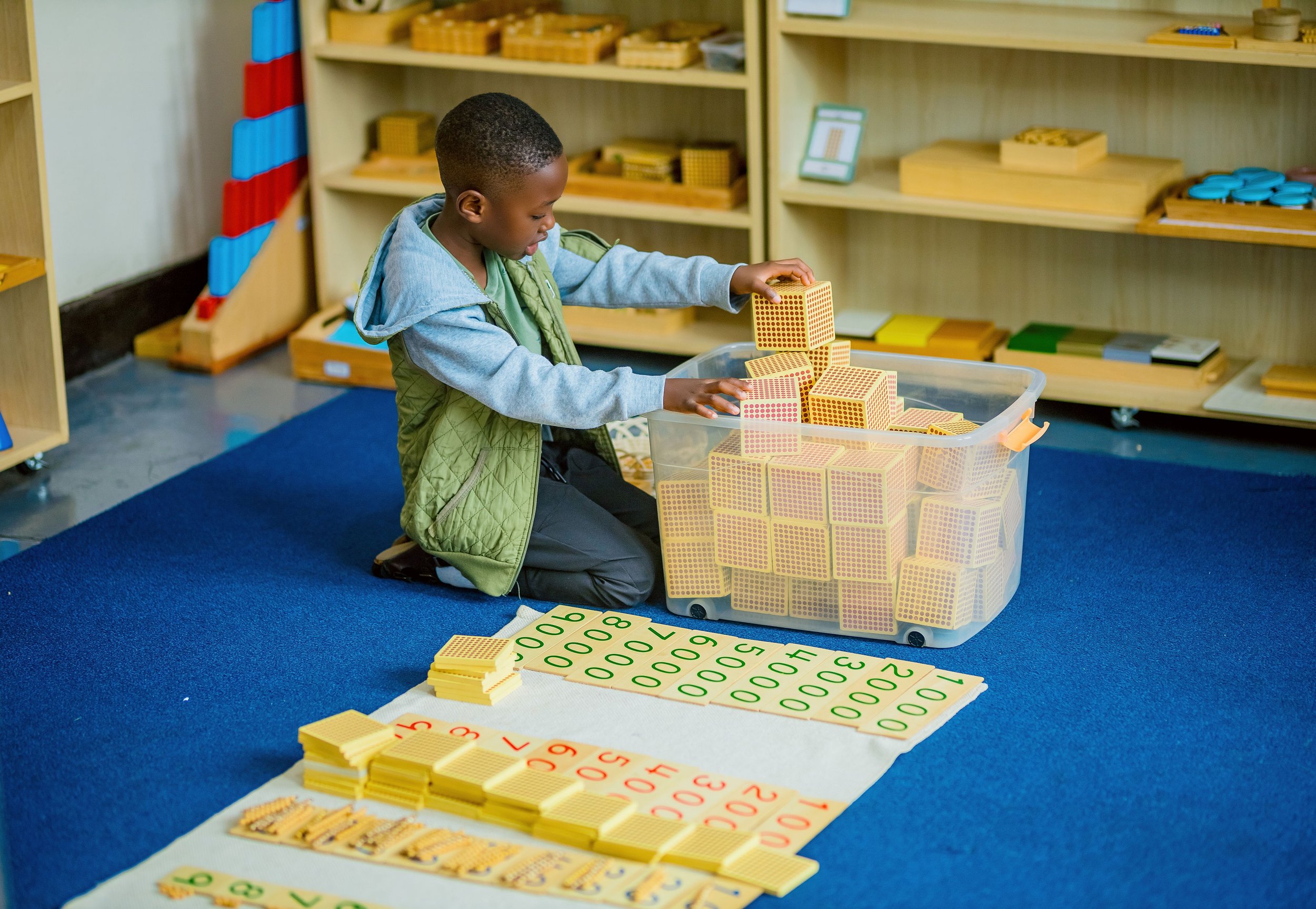
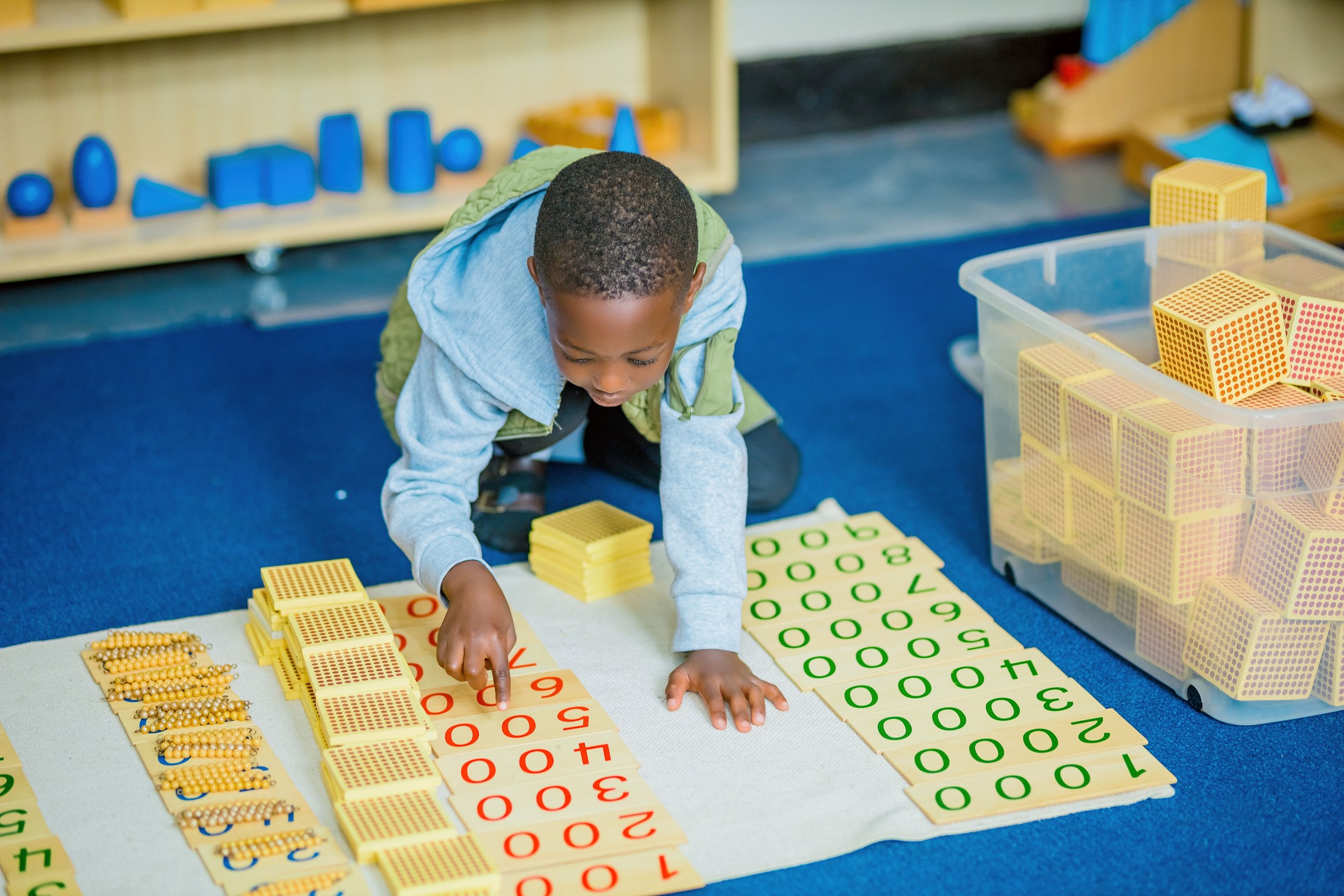
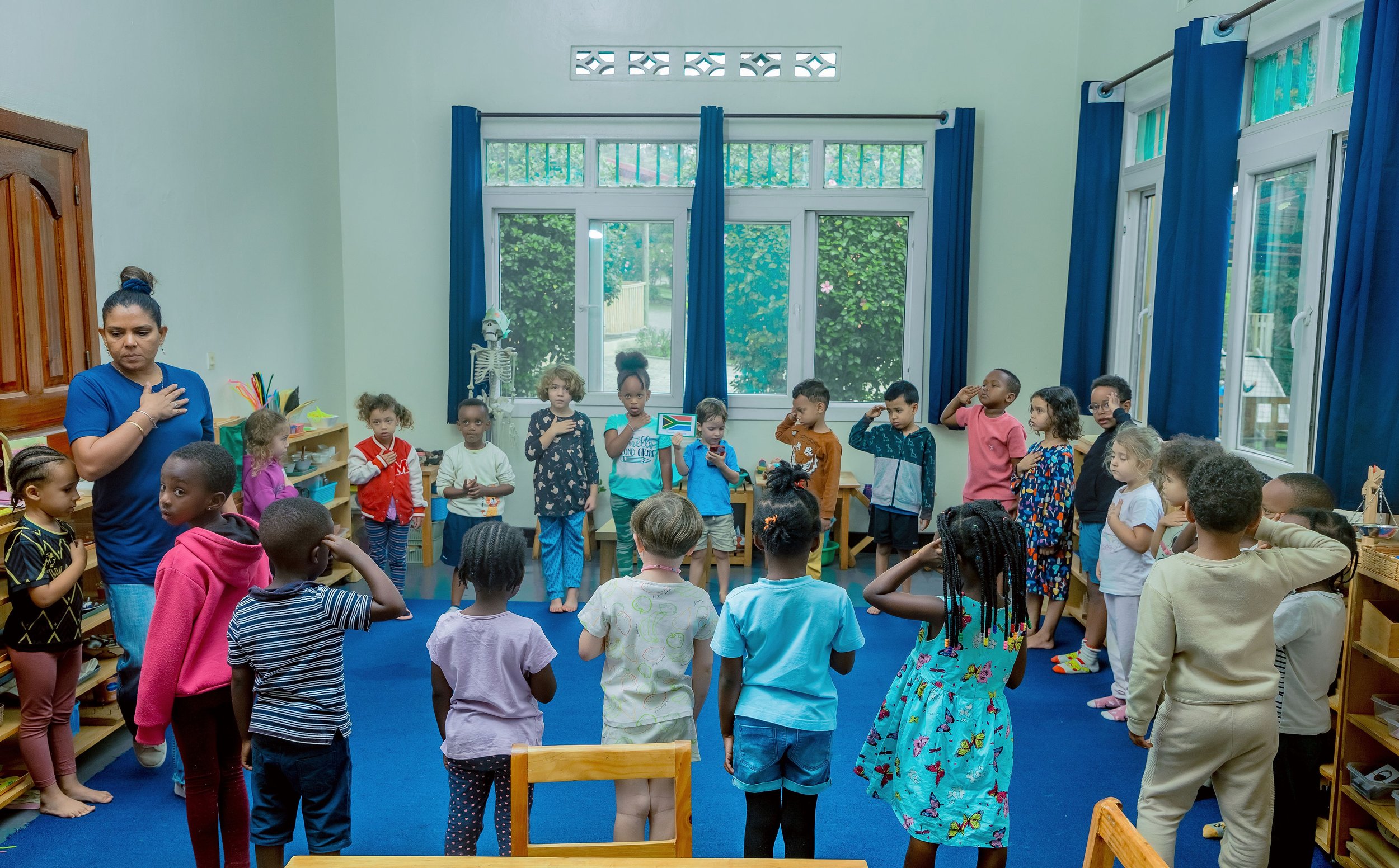
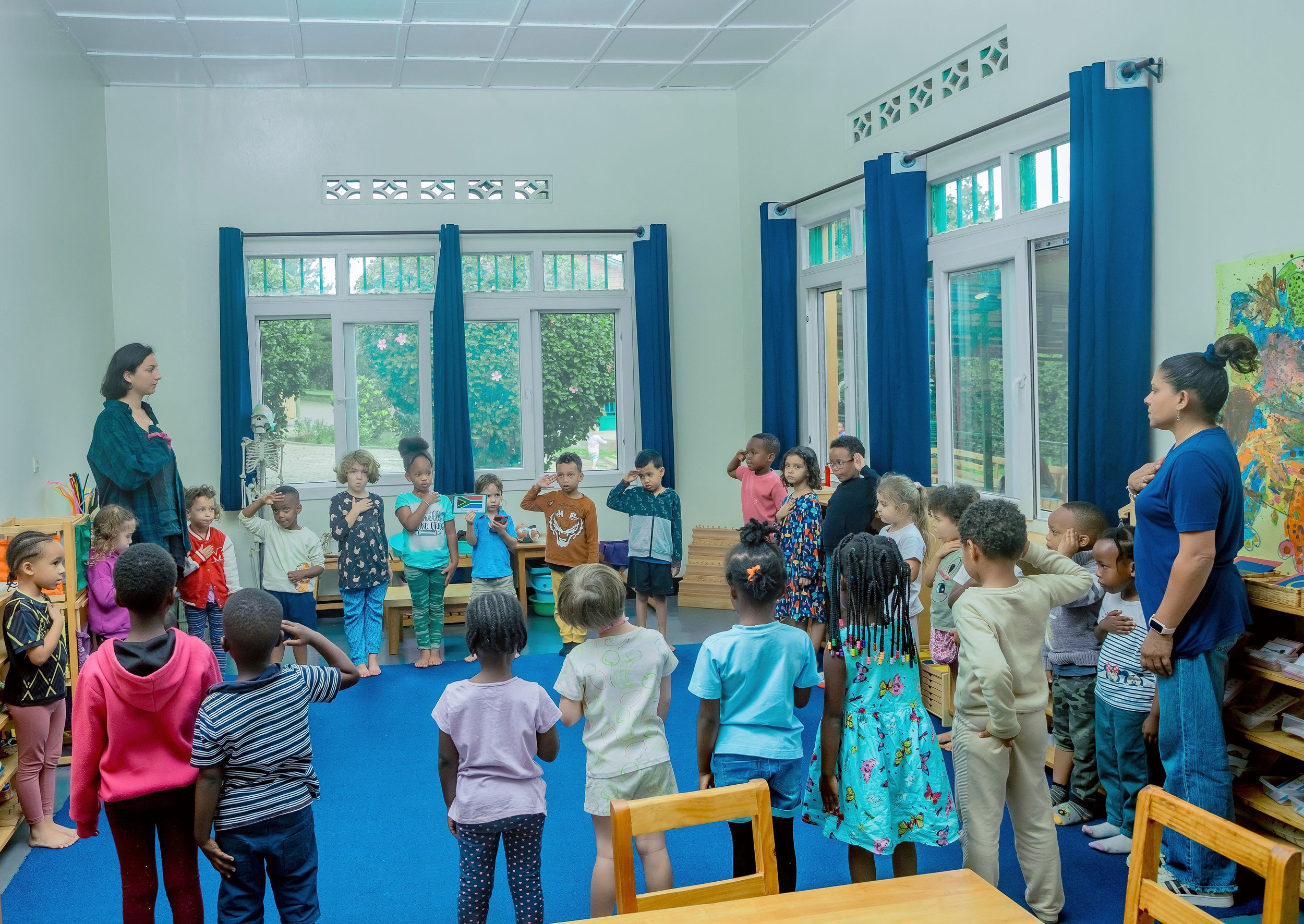
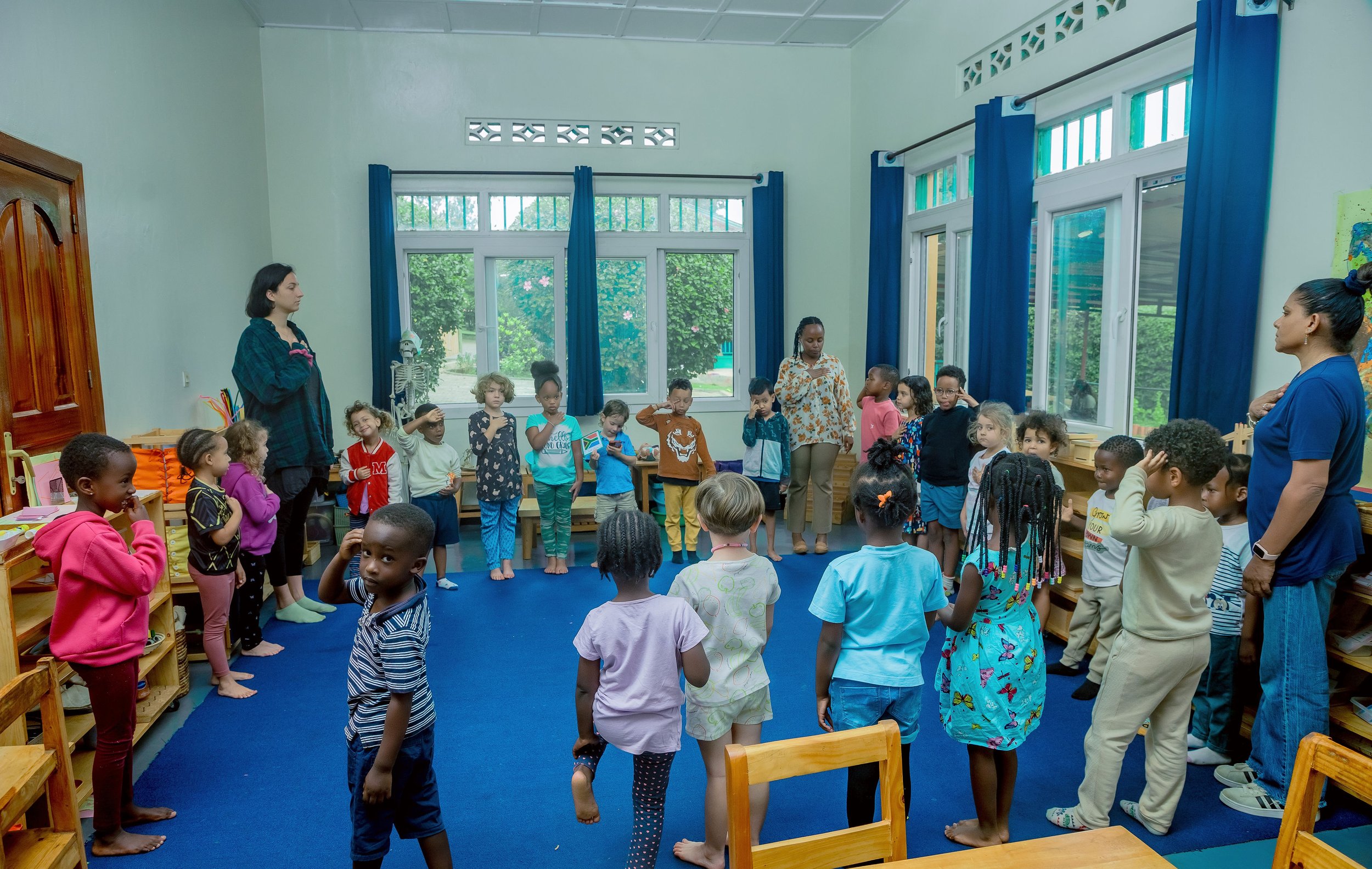
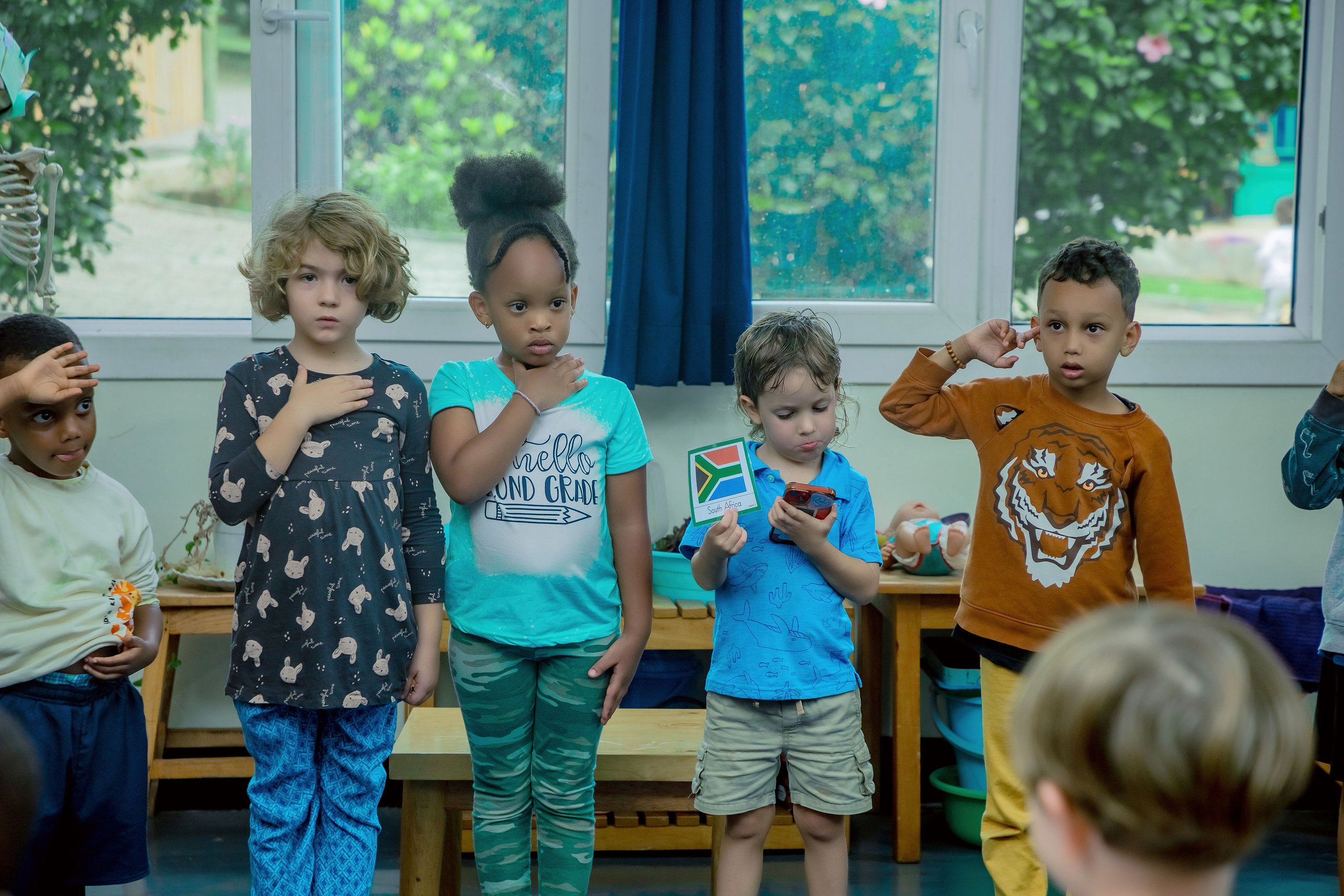
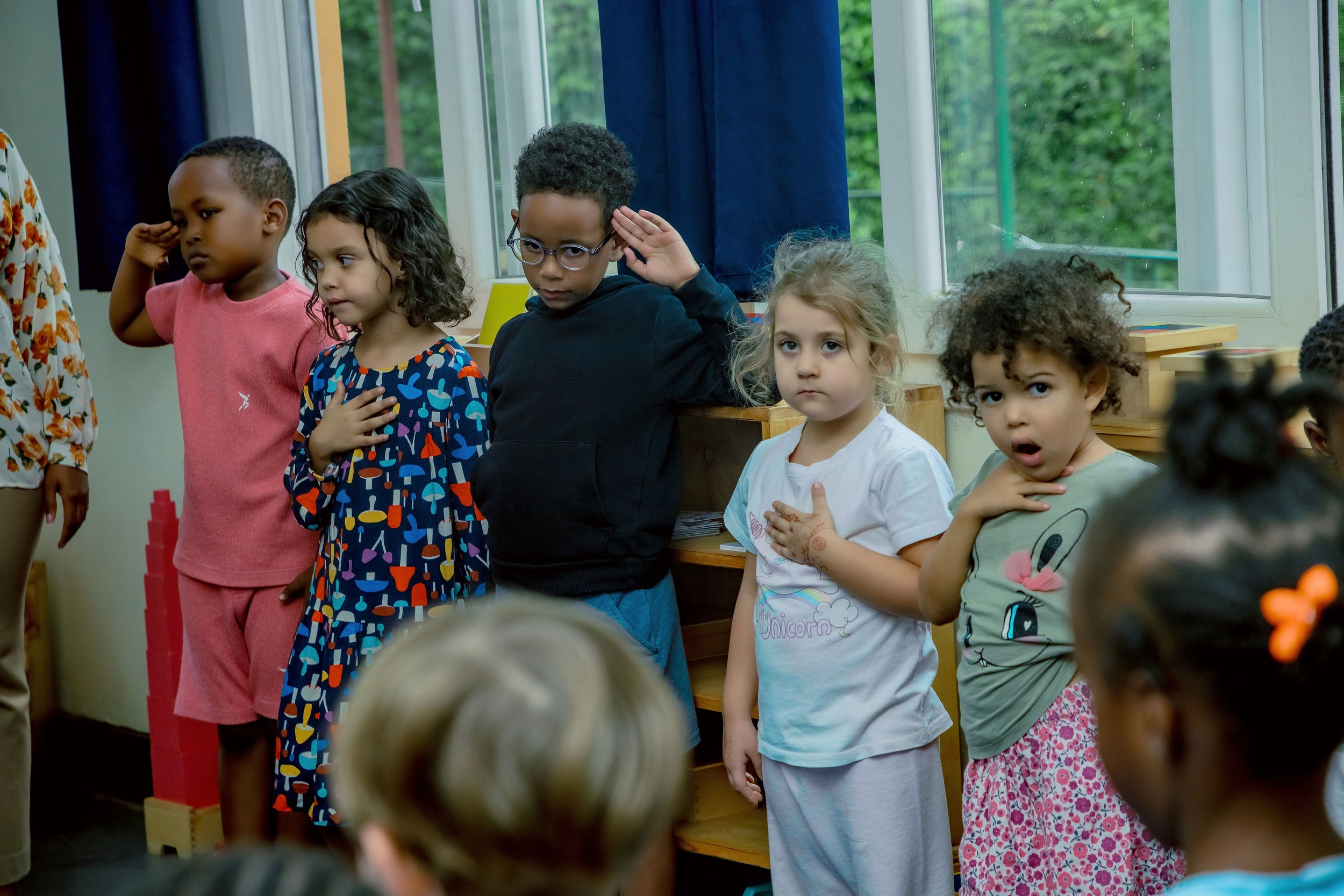

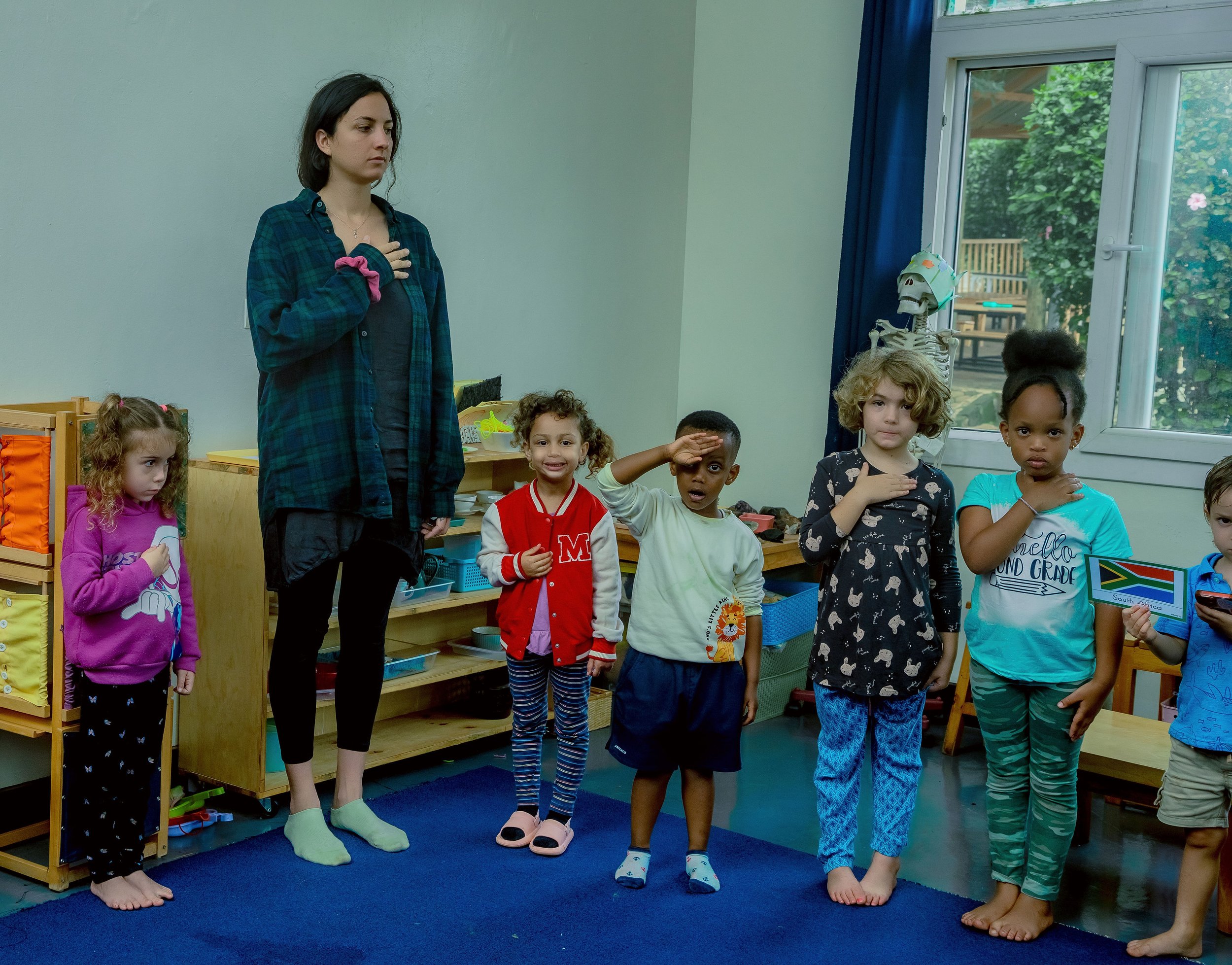
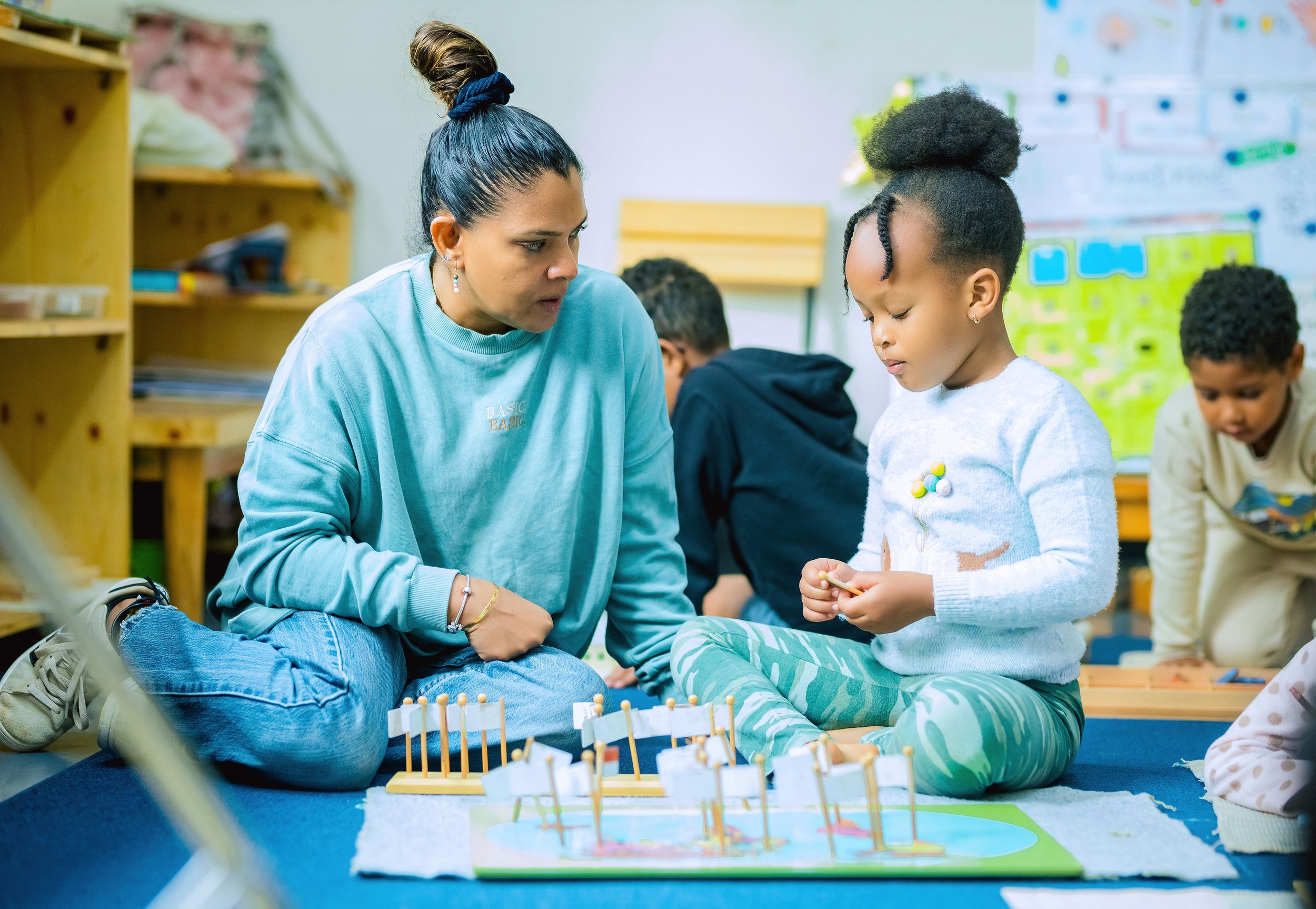
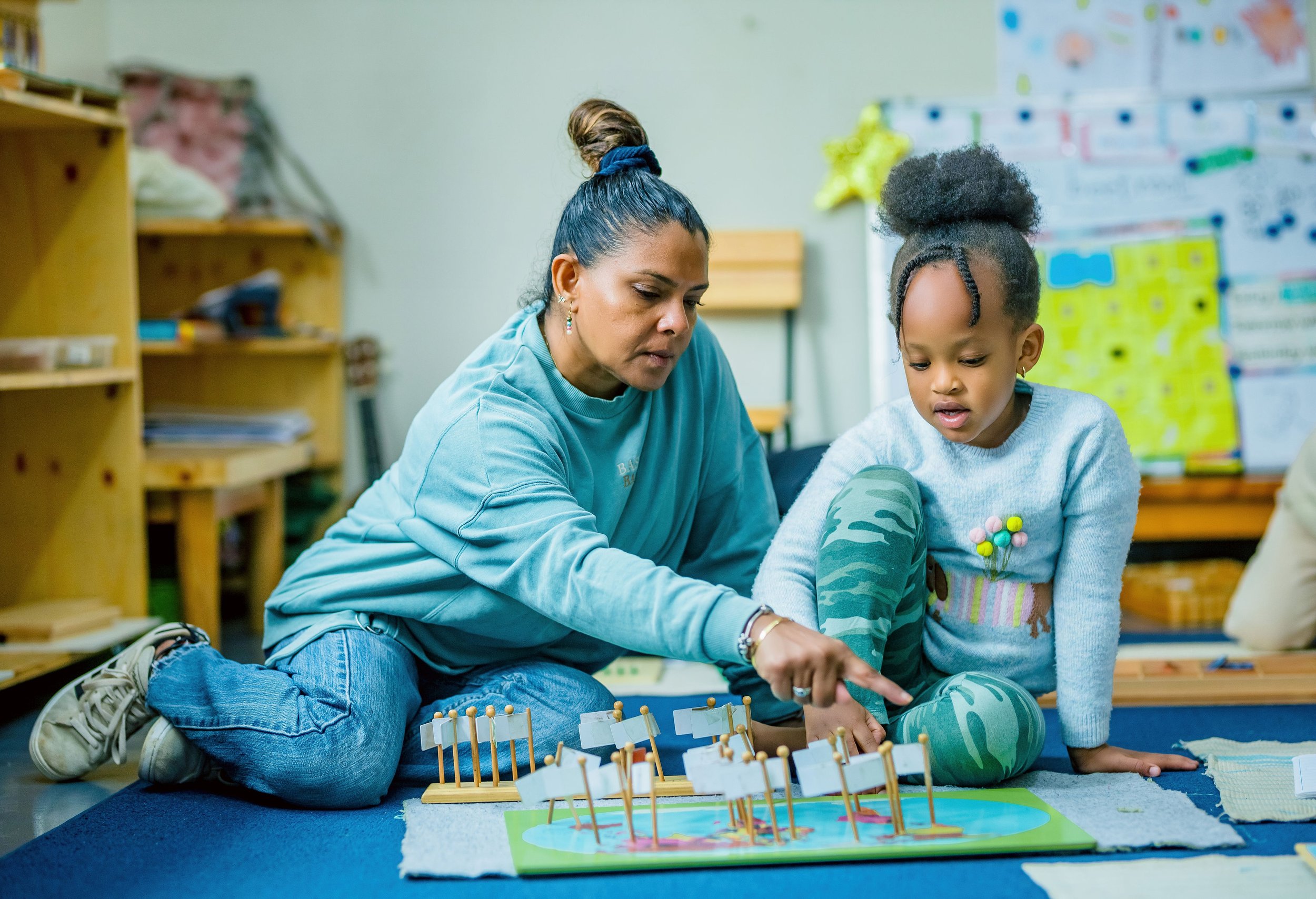
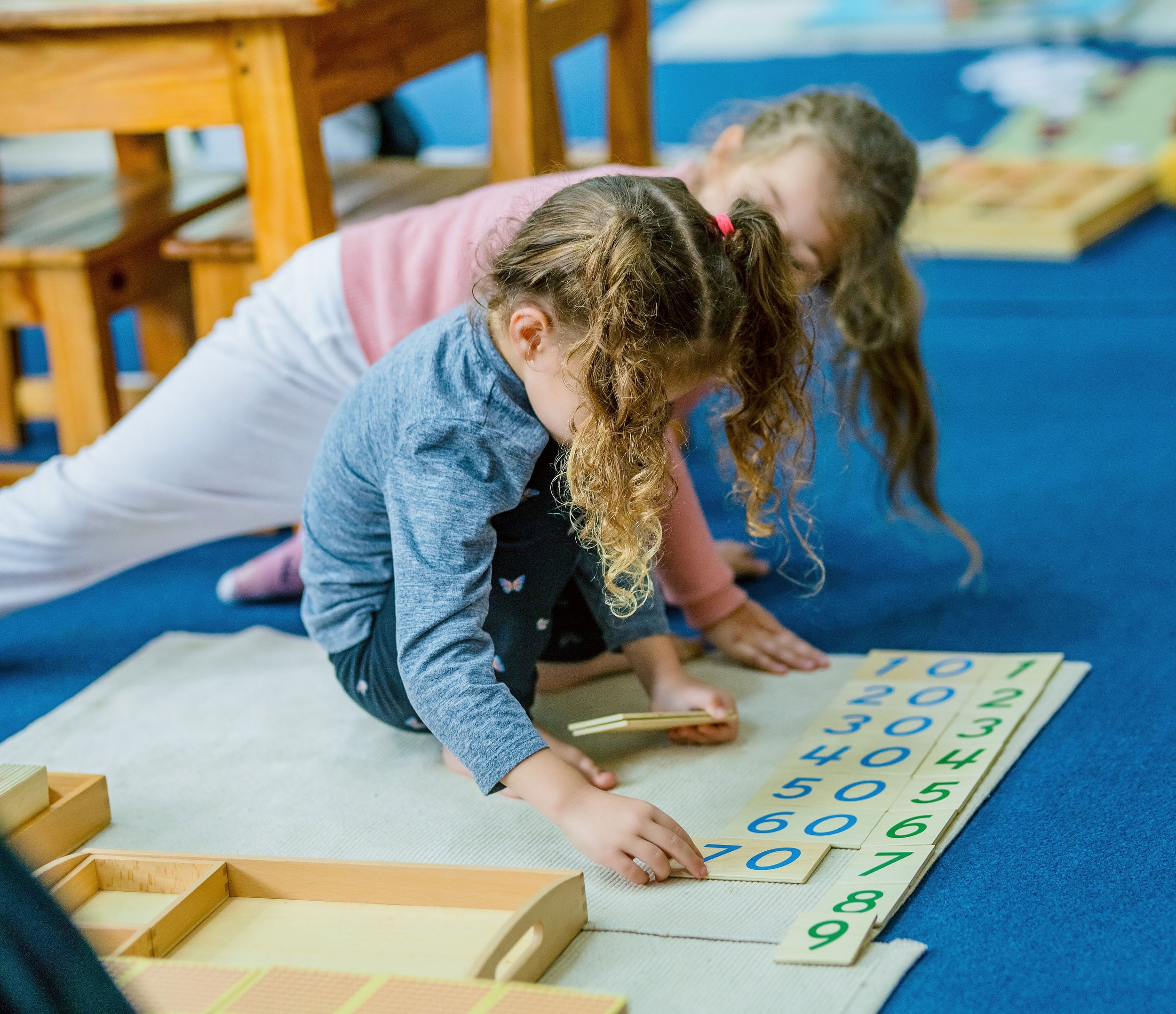
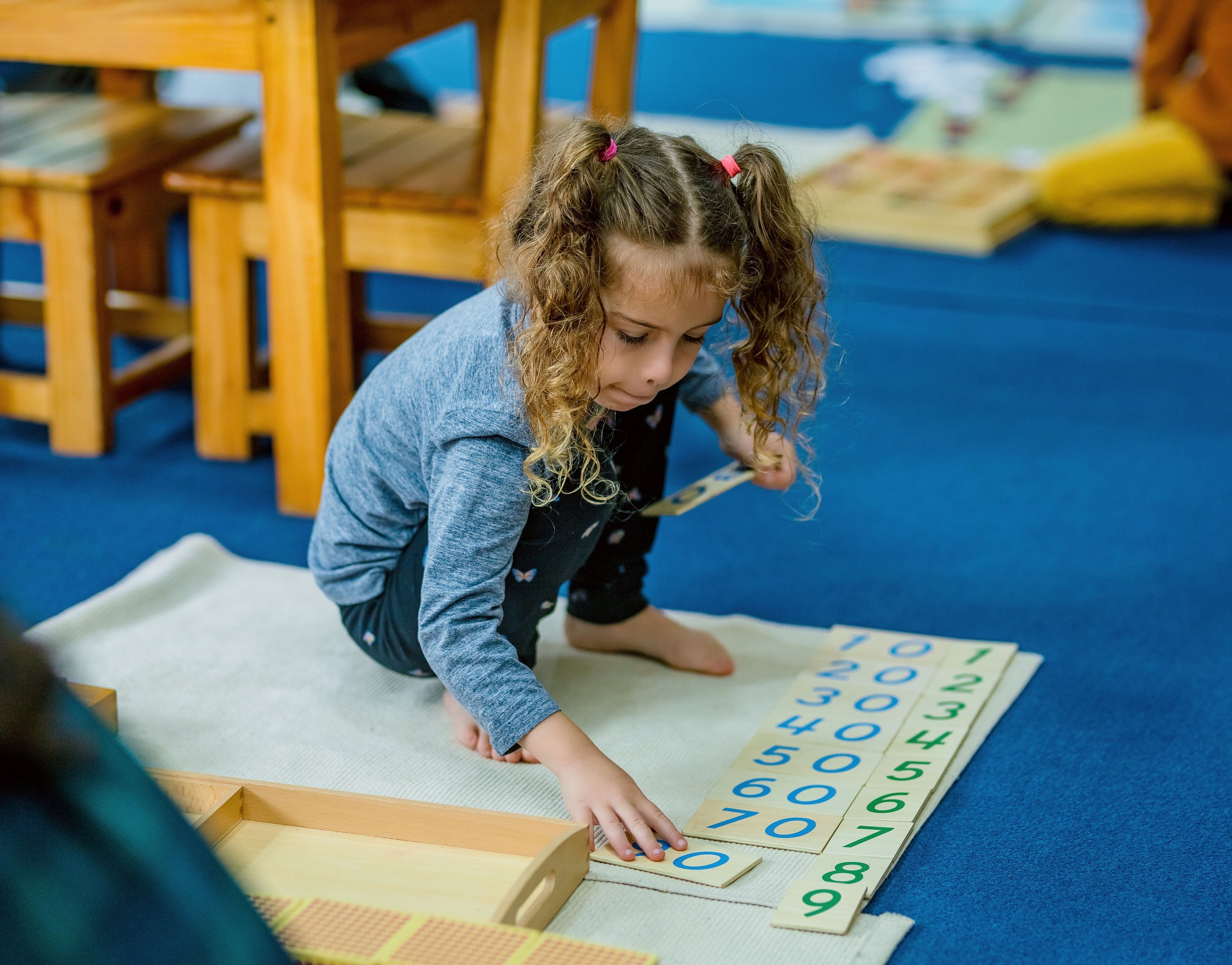
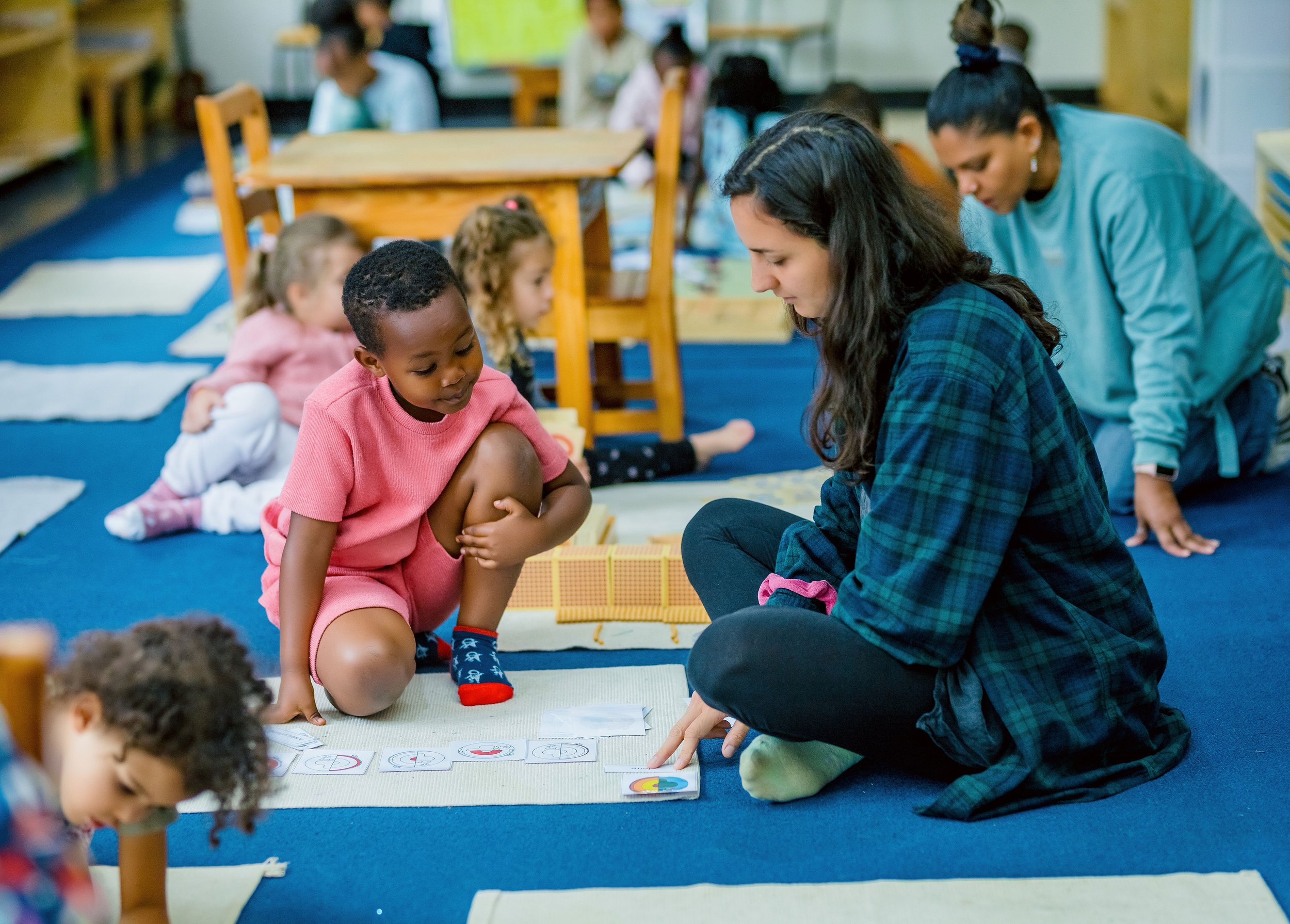

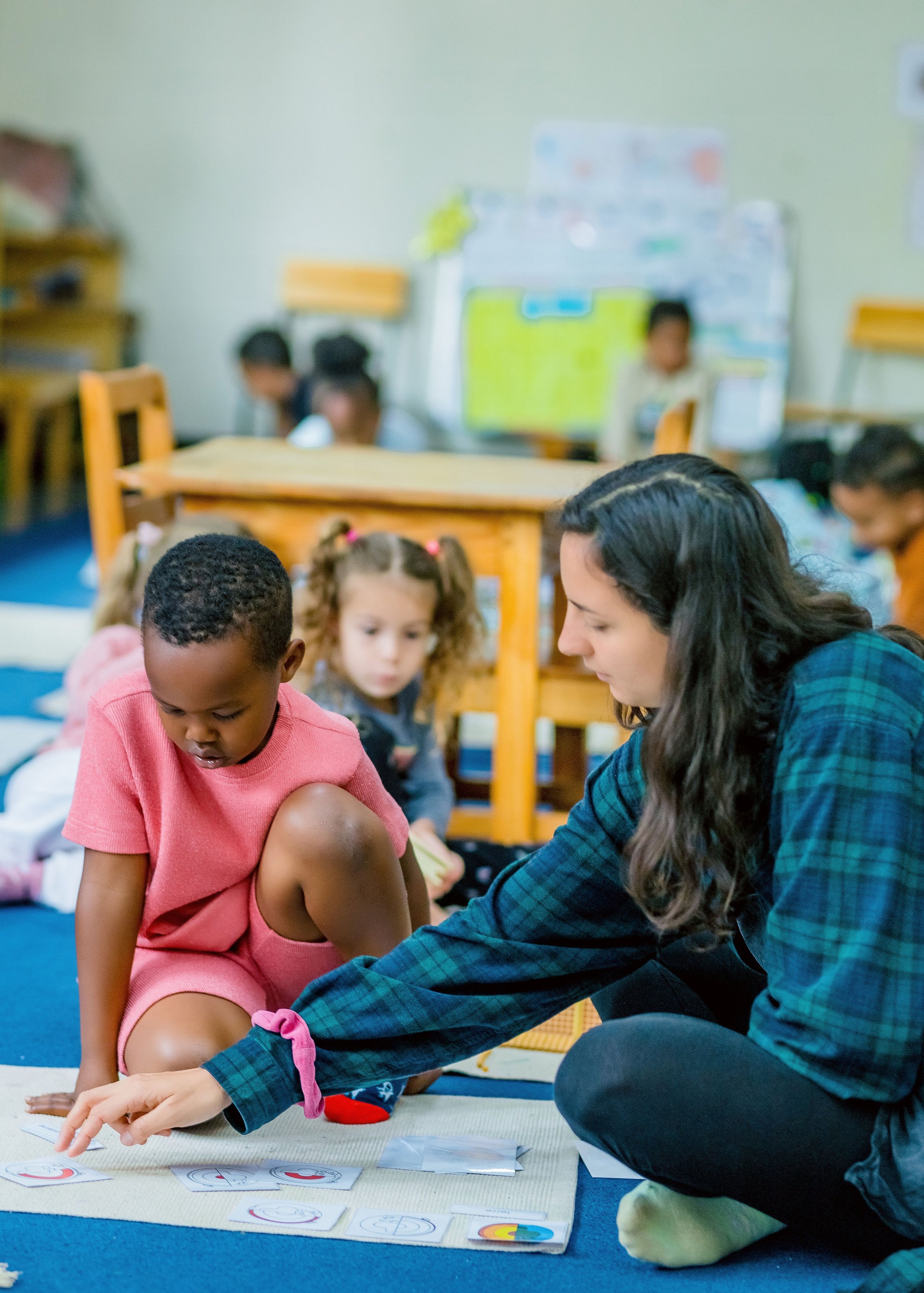
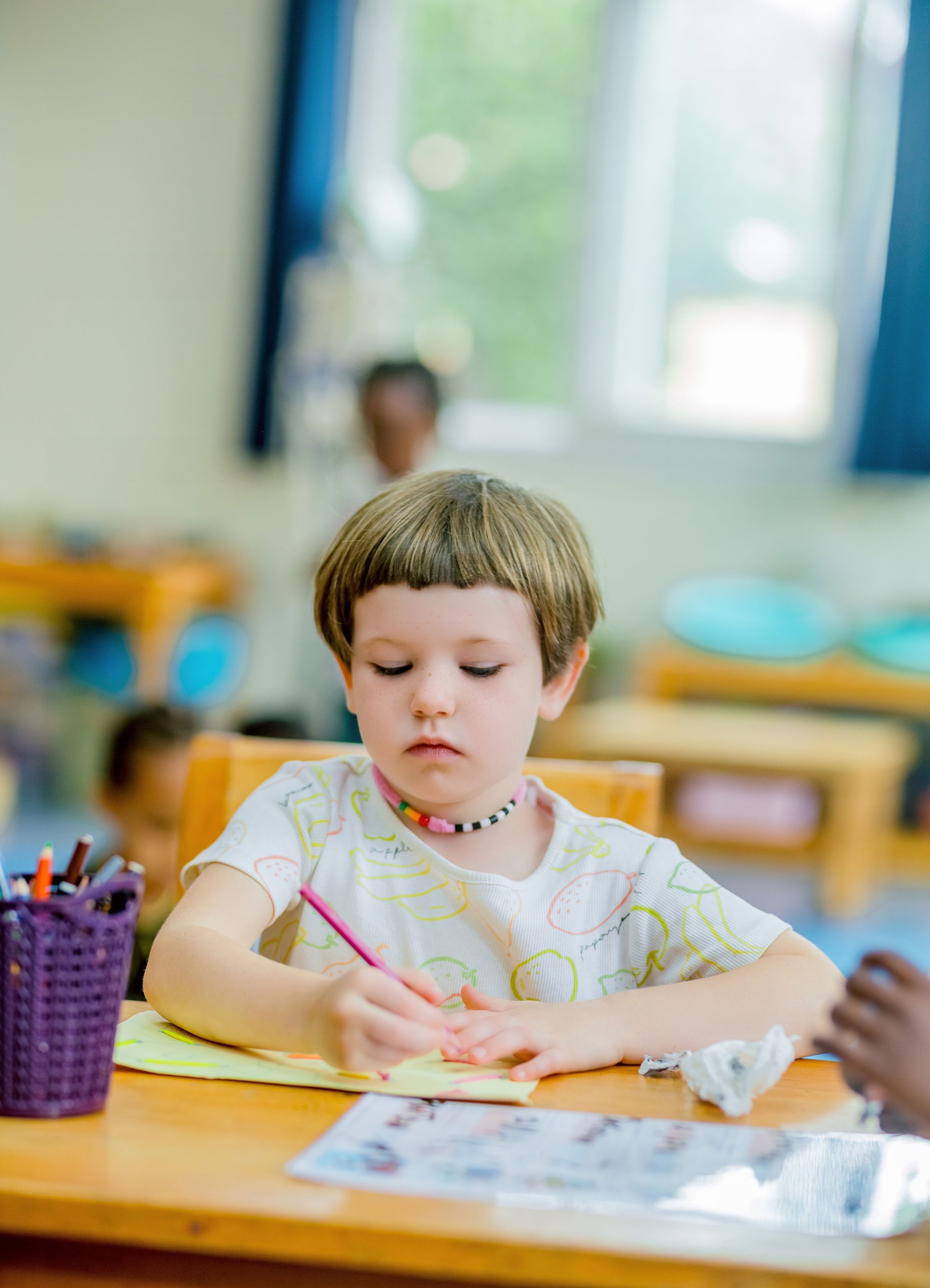
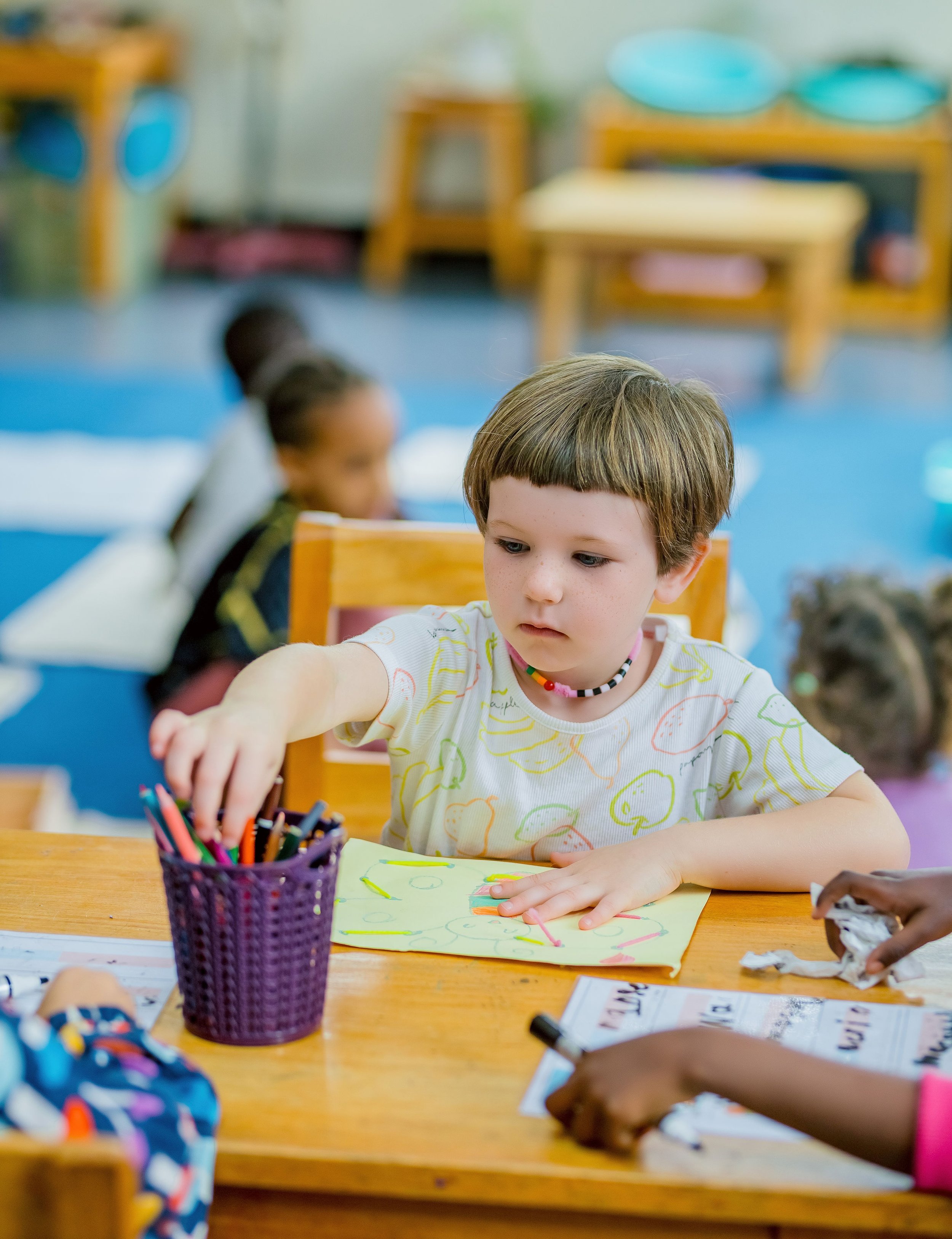
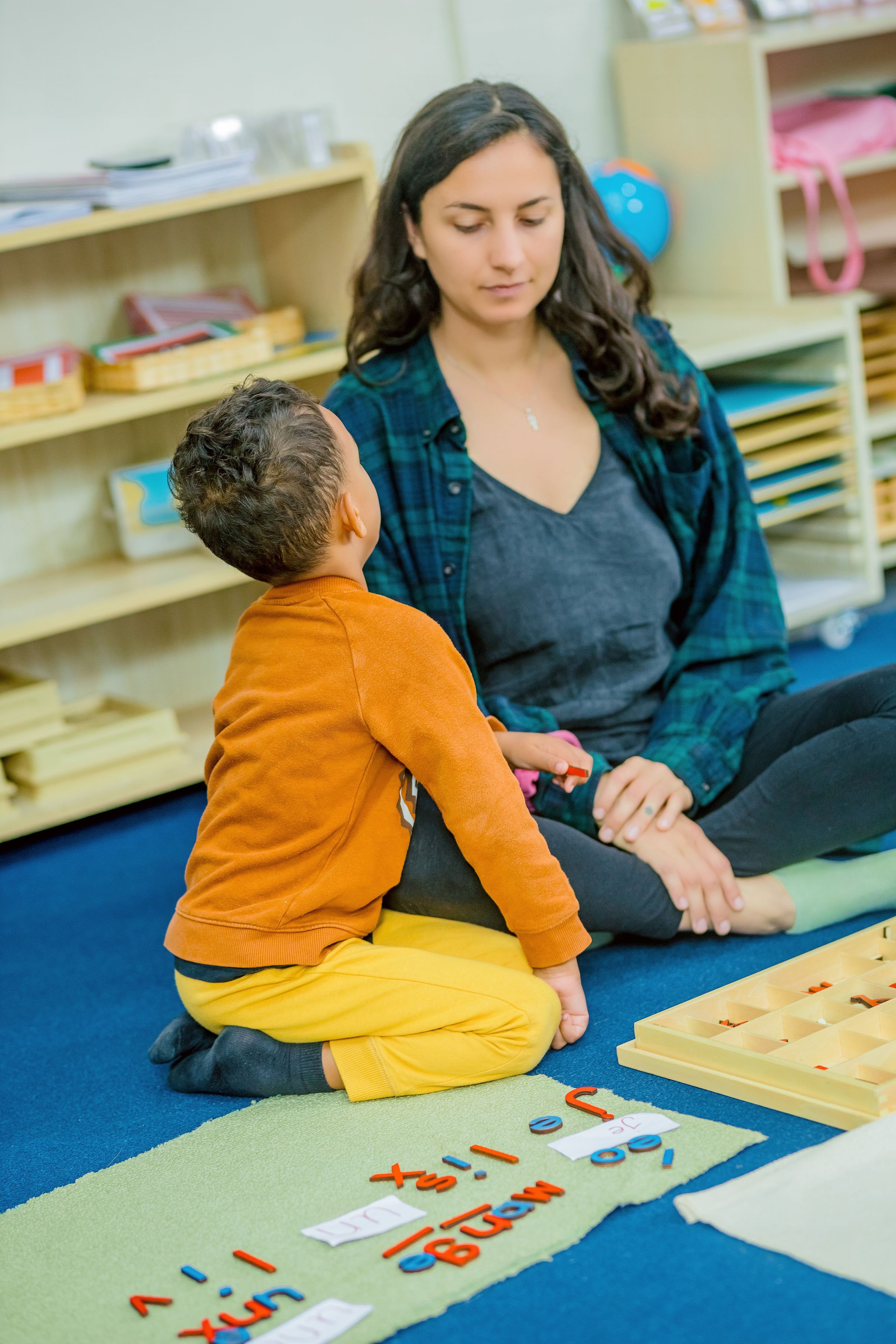
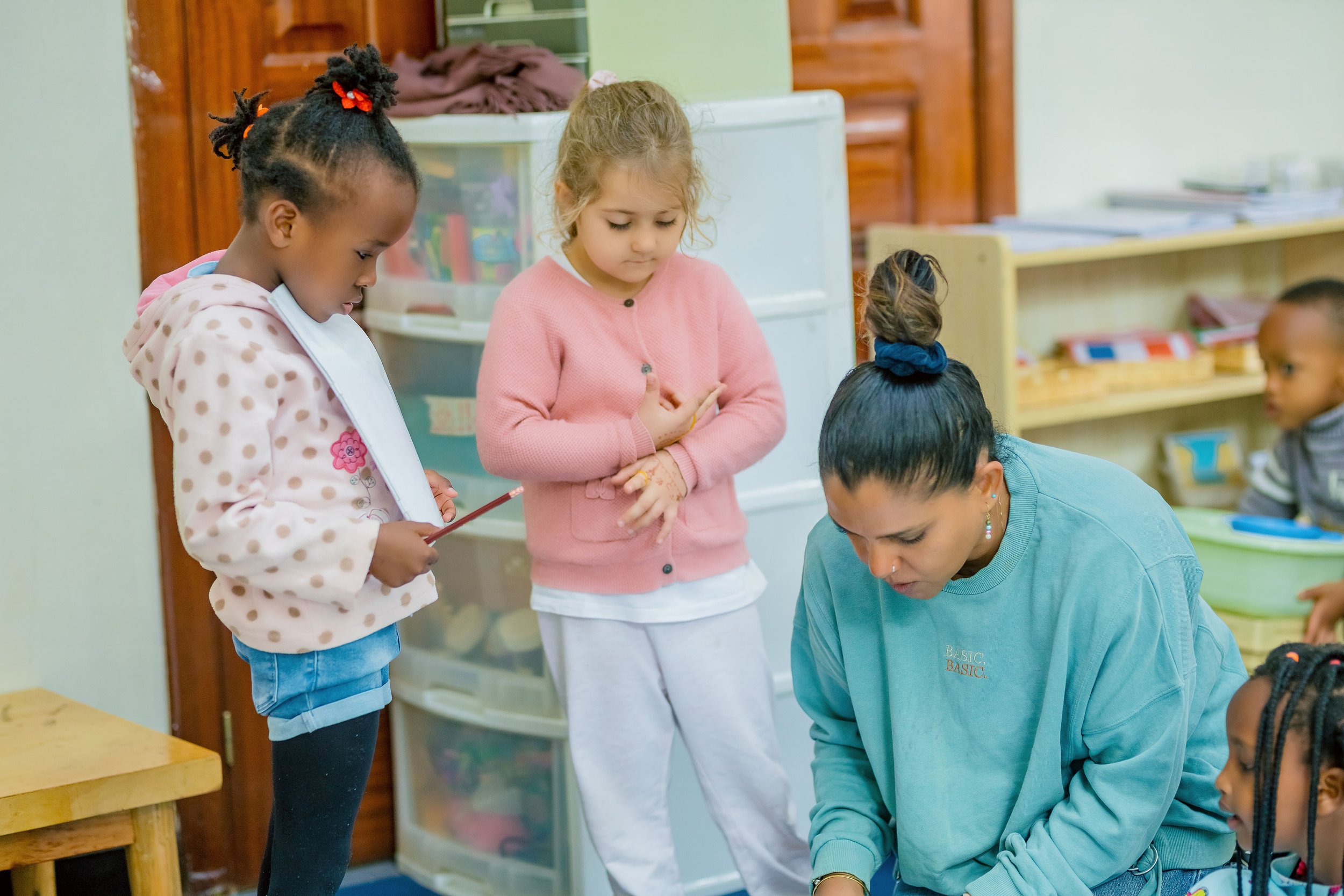
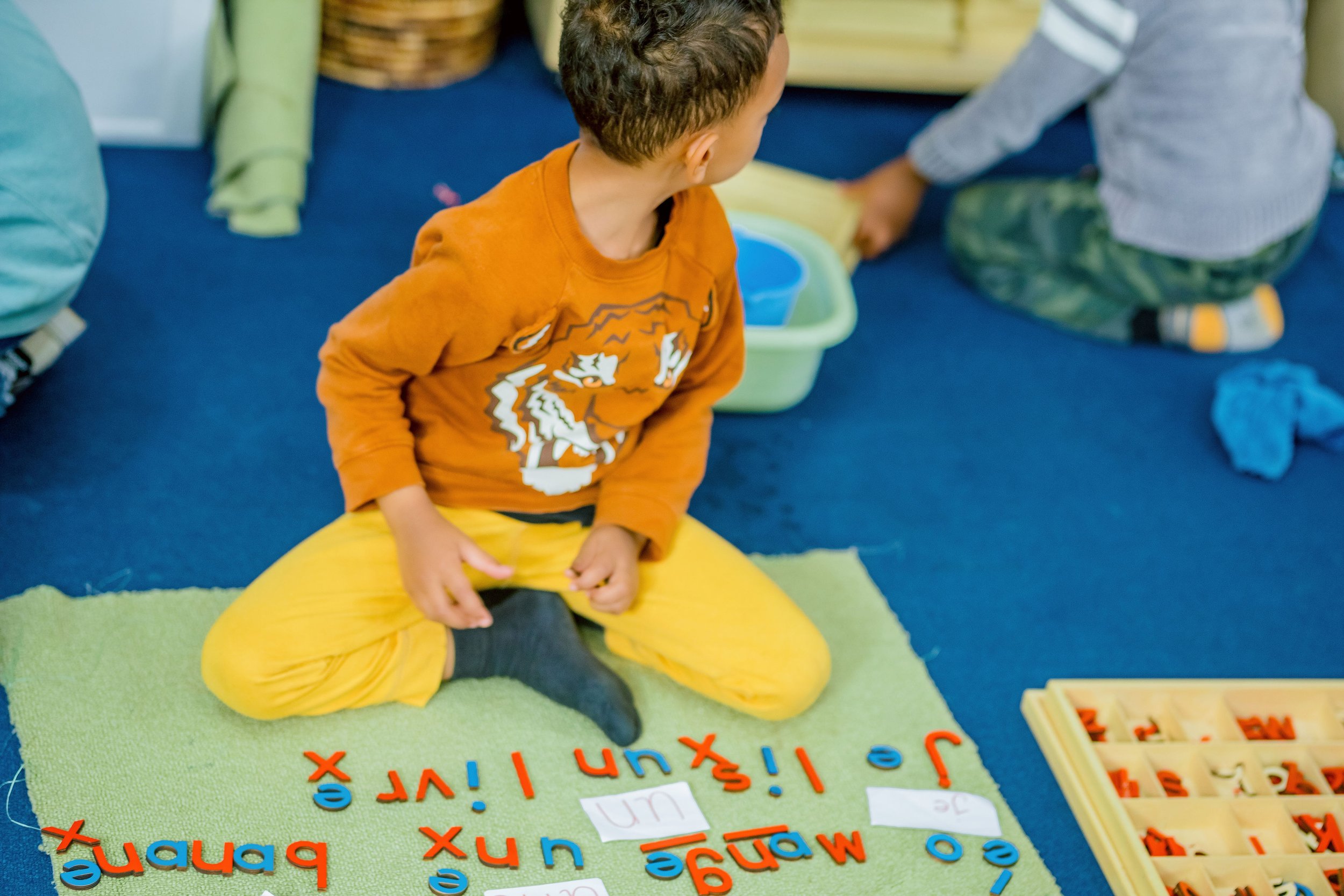
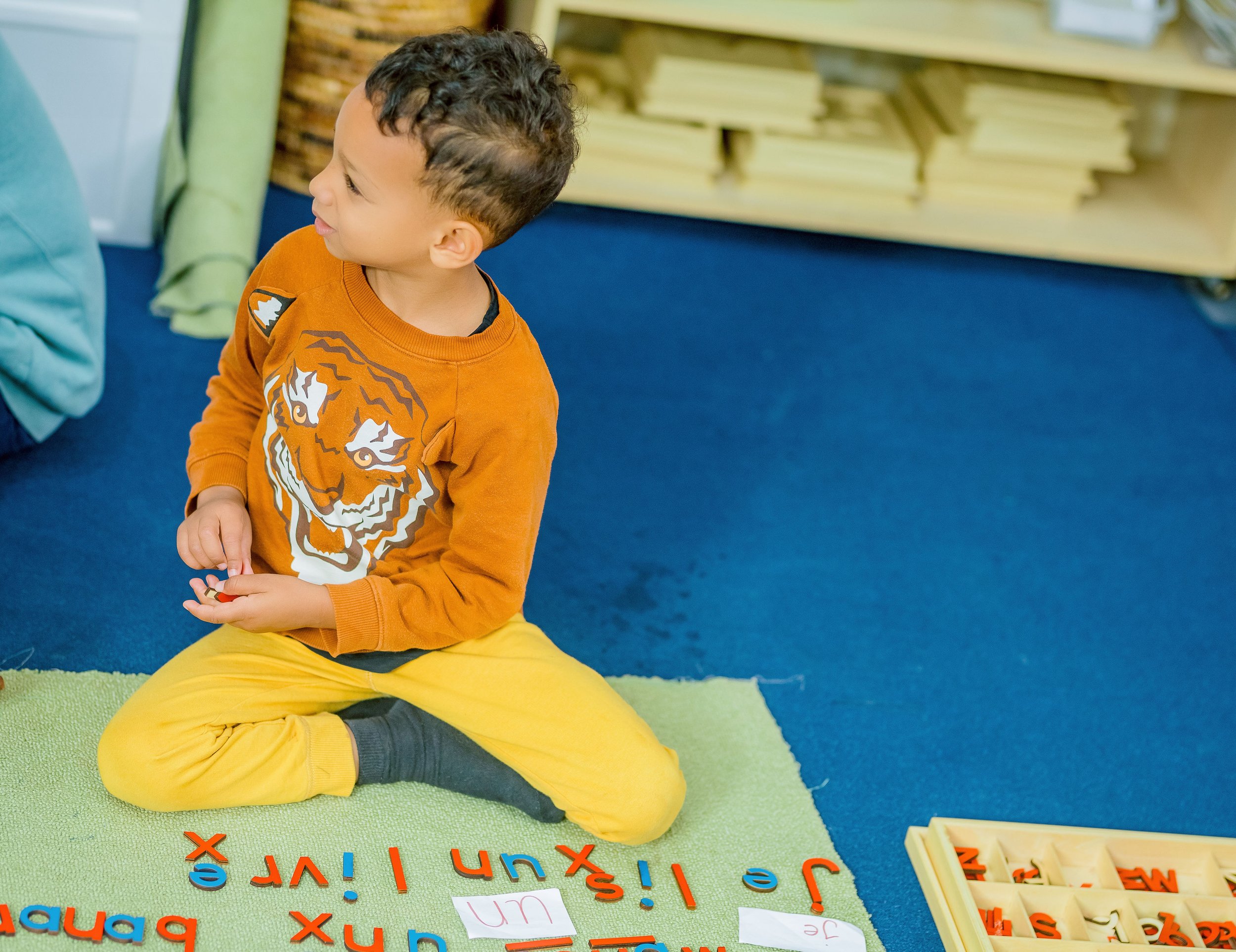
The DIMS Elementary Program
Students age 6–12 years old cultivate their imagination and focus on intellectual independence, ethics, and social responsibility. We inspire academic excellence; nurture curiosity, creativity, and imagination; and awaken the human spirit.
Children learn in mixed-age classrooms: Lower Elementary (Grades 1–3) and Upper Elementary (Grades 4–6). We start each year off with the Great Lessons, exploring the origins of the world, sparking imagination, and creating a framework through which students learn core academic subjects.
Lower Elementary
The DIMS Lower Elementary program is for students ages 6-9 years old. Our first graders (First Years), second graders (middles) and third graders (Elders) learn to make wise choices that meet goals and expectations. Classrooms are diverse communities where children learn to support each other's academic and social-emotional growth.
Community Minded
Children in Lower Elementary classrooms work together to develop classroom agreements that support a learning environment of mutual respect, mindful behavior and inclusion. Children gather for weekly community meetings that act as forums for resolving classroom concerns.
Developing Organizational Strategies
Choice is an integral part of Montessori philosophy. Children create daily or weekly organizers to plan their work cycle. DIMS teachers model how to consider the amount of time available when choosing what work to do first.
Imaginative, Deep Thinkers
Lower Elementary children have varied interests, and teachers strive to encourage this intrinsic motivation. Curriculum work is built around interrelated explorations of earth, life and physical science as children consider their place and significance on the planet.
Industrious
Lower Elementary children are attracted to the hands-on nature of the work that Montessori materials inspire. Children begin their math experience with concrete materials to practice all four operations. They construct foundational concepts in geometry by building shapes and relationships.
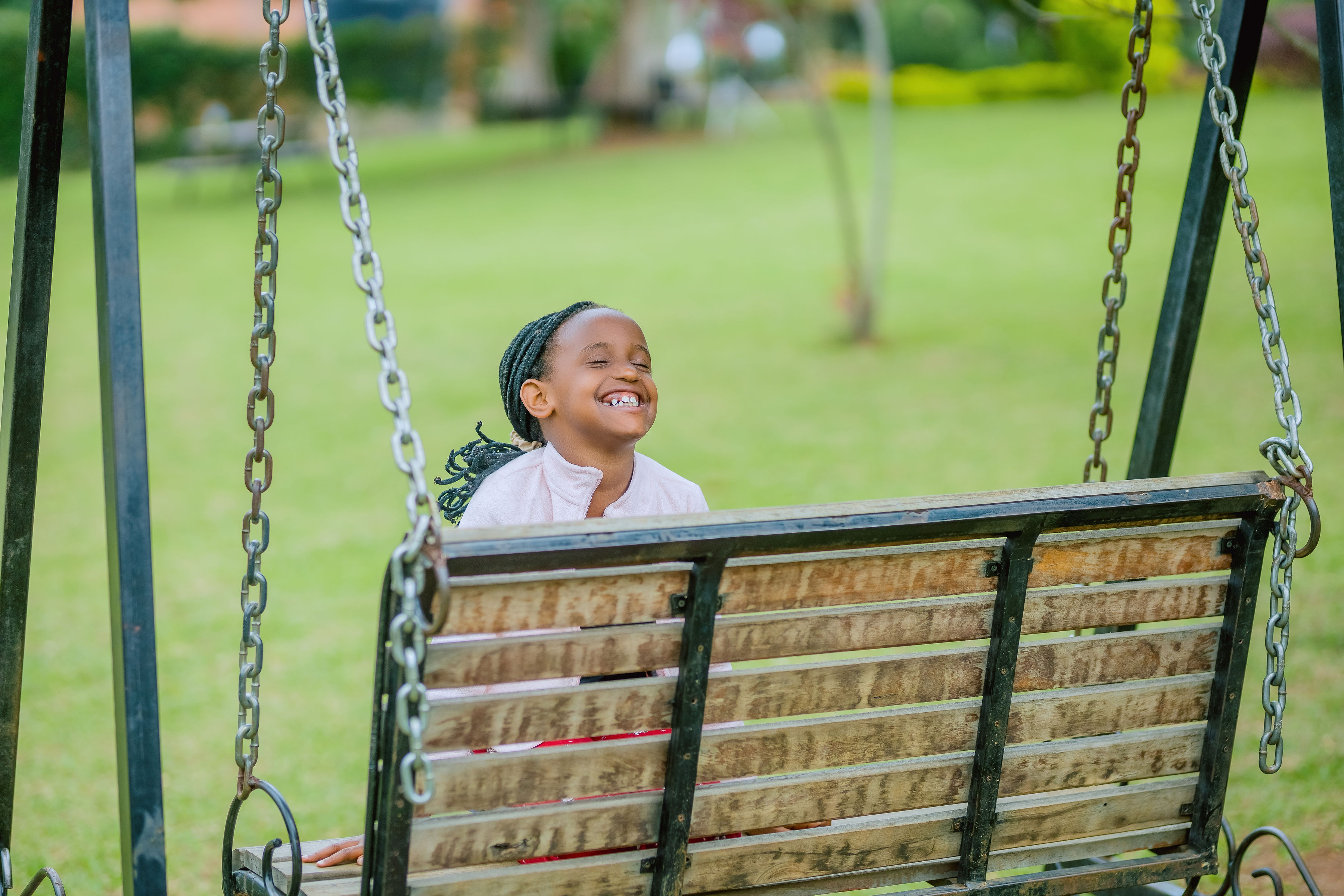
Upper Elementary

The DIMS Upper Elementary Program is for students ages 9-12 years old. Our fourth graders (Lowers), fifth graders (Middles), and sixth graders (Seniors) learn to leverage their strength to meet their challenges. They learn about respecting differences, resisting peer pressure and being an "upstander."
Cosmic Education
In Upper Elementary, students see themselves in a universal context, and it urges them to seek their cosmic task. In addition to building self and environment awareness, students engage in activities of diversity and inclusion.
Liberty Within Limits
The Upper Elementary program provides liberty within limits. Students have much freedom in their academic work. They choose how and when and where they will complete their assignments and they choose with whom they will do their work.
Moments of Glory
Students in Upper Elementary celebrate one another's academic achievements and moments of glory, whether it be a fourth grader lighting a candle for the first time at morning meeting, a fifth grader presenting their first independent study, or a sixth grader receiving a certificate.
Self-Directed Active Learning Methods
The Upper Elementary program provides plenty of spontaneous learning opportunities, where students make meaningful connections. Students become quite enthusiastic and curious during lessons, and often want to do more than what is expected.
Elementary Curriculum
Mathematics
The mathematics curriculum introduces mathematics concepts, number theory, and computation through the use of Montessori materials. Hands-on learning makes abstract concepts clear and concrete. Materials proceed through several levels of abstraction until the student grasps them conceptually. The Great Lesson "The Story of Numbers" familiarizes students with the history of numbers, its importance and influence in the evolution of civilization, and its place as the foundation for the mathematical and geometrical systems used today.
Language
All aspects of language are integrated into all areas of the curriculum. In the lower elementary classroom, the focus is on reading fluency, writing, and oral expression. The Great Lesson "The Story of Language" familiarizes students with the history of symbolic language, its importance in the evolution of civilization, and its use as a means of communication. At the upper elementary level, the study of language builds on reading fluency and foundational writing skills and expands to the comprehension of texts. Written expression is a continued emphasis.
Science
Montessori’s Cosmic Education fuses the study of geological history, physical geography, and earth/natural sciences. Lessons satisfy the child’s need to understand relationships, cause/effect, associations, and morality while utilizing the imagination and sparking curiosity and interest. Based on hands-on inquiry, the focus is on scientific language and principles. Students spend more time focused on the details of the natural world as well as the processes and issues of science: the study of life, laws, and structure of the universe, and how humanity has struggled throughout history to put our understanding to practical use. Students explore science through lessons, demonstrations, experiences, experiments, and independent research.
Social Sciences
The study of geography has two basic aims. The first is to help children develop a clear sense of spatial orientation, and the second is to become aware of and accepting of other cultures. Geography is introduced through oral lessons with tactile materials to allow repetition. In Montessori education, we begin with the big picture and gradually move to details like the names of rivers and mountains. The framework is based upon our relationship to the earth and how humans meet their basic needs under varying conditions.
History is shared through stories based on the contributions of all of humanity. Students receive lessons on the concept and passage of time, as well as how it relates to the earth and the different cultures living on it. The children start with how the world began and cooled, the formation of the atmosphere and oceans, and the emergence of life. Lessons satisfy the child’s need to understand relationships, cause/effect, associations, and morality while utilizing the imagination and sparking curiosity and interest.
Students are in an intellectual period for reason; they are concerned with the role of society, morality, and social interaction. They are still sensitive to the use of the imagination, but maturity results in more advanced thinking, research, and interest. Geography is tied to both the history and science curricula and serves as a bridge to the development of the child’s understanding and appreciation of the story of humankind and nature.
Practical Life
The purposeful work of practical life helps children develop and refine a strong and realistic sense of independence and self-reliance. Activities at this level focus on care of self, care of the environment and living things, cooperation, and continued practice of grace and courtesy. Activities become experiences and exposure that allow them to learn to navigate and respond effectively in life. Students feel a greater sensitivity to their surroundings, so activities begin to take the children outside of the classroom
